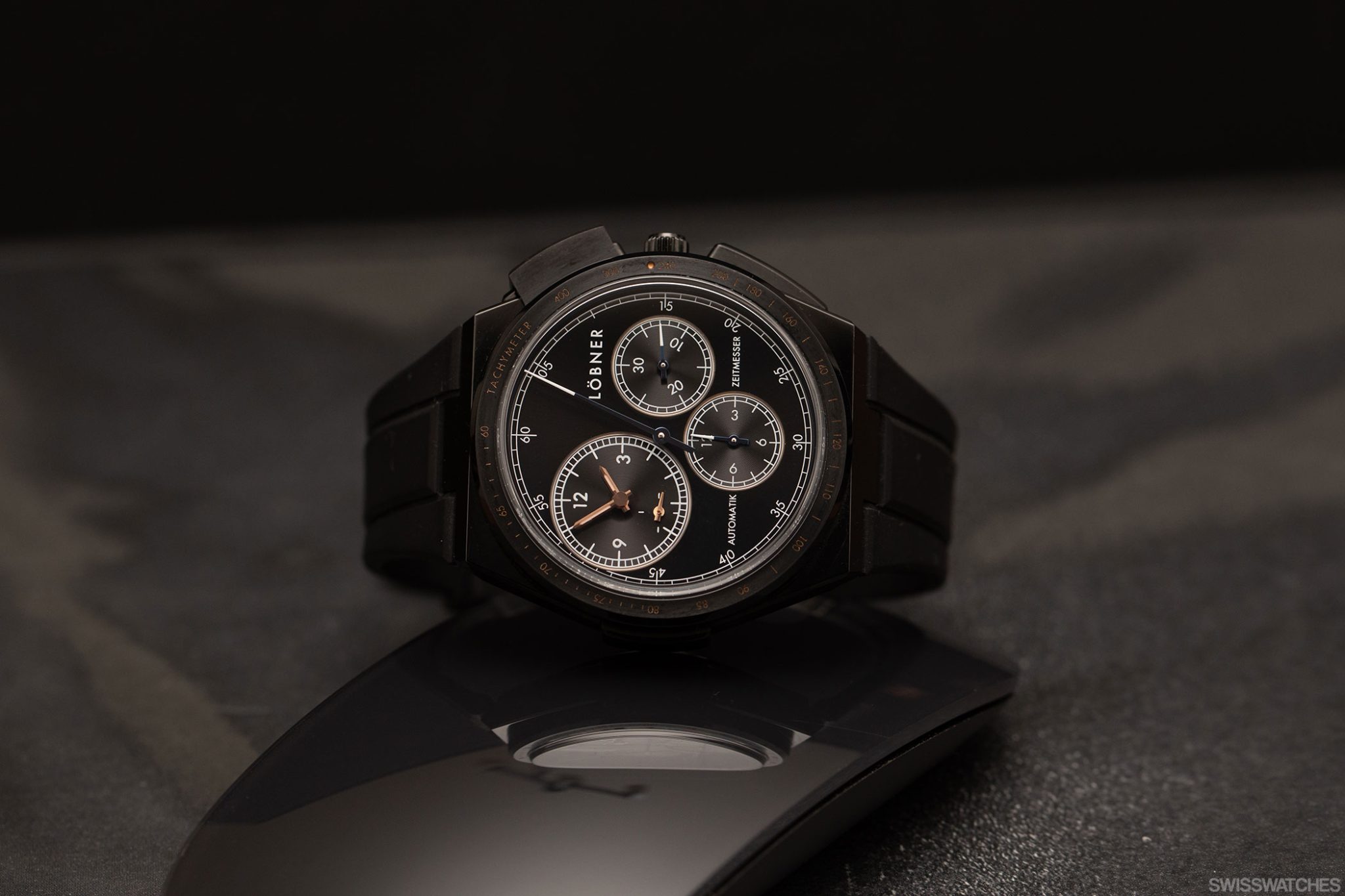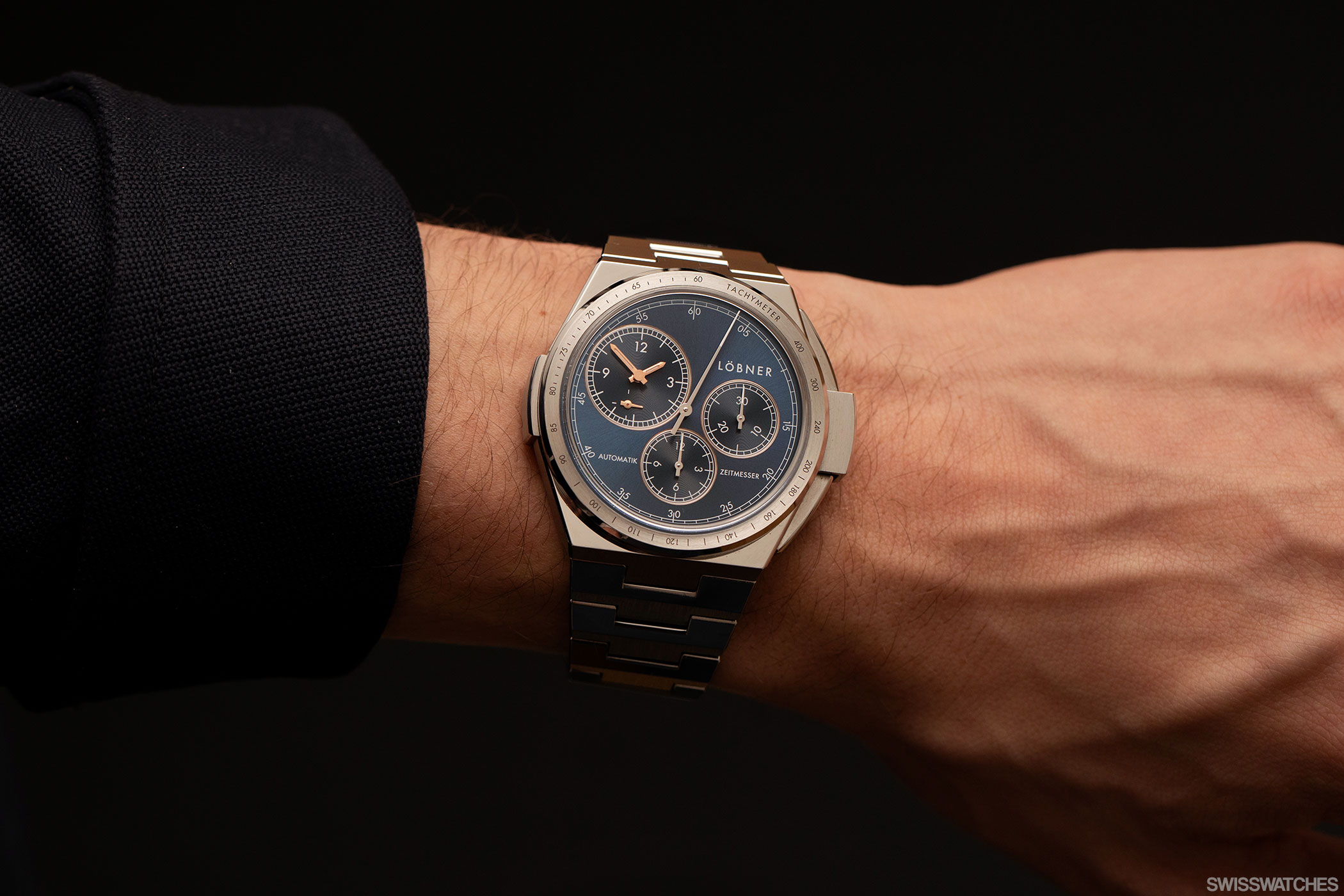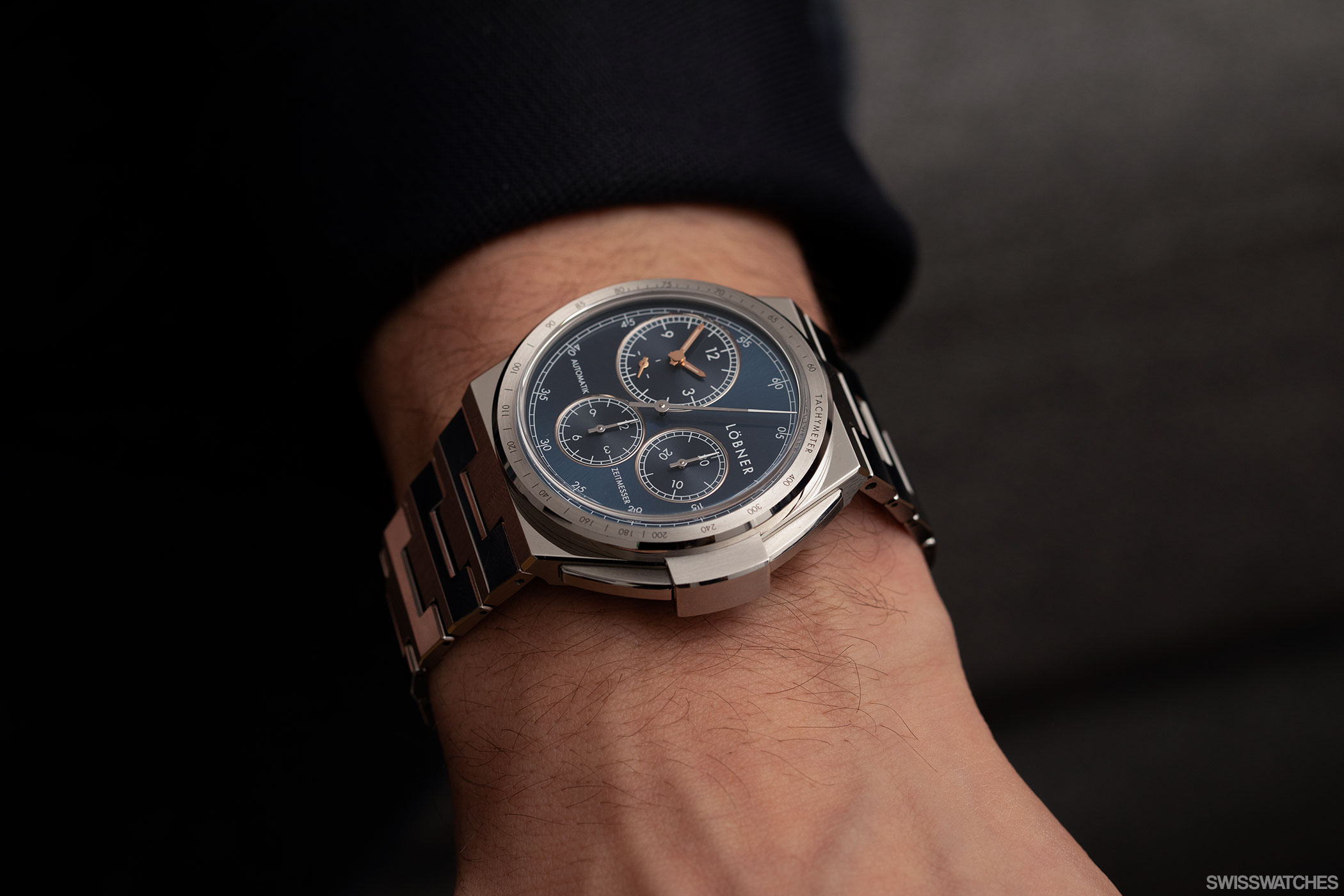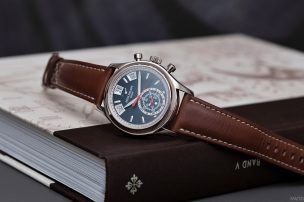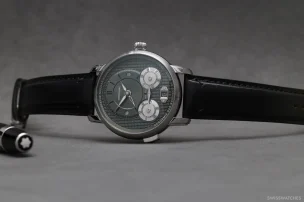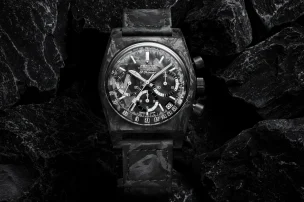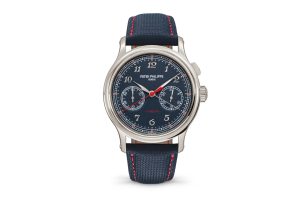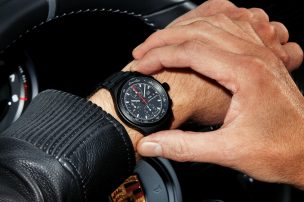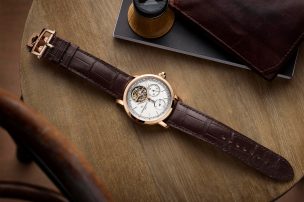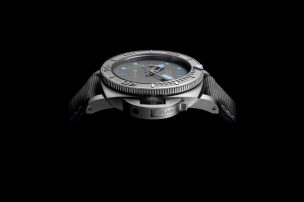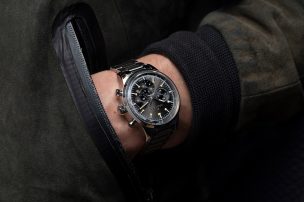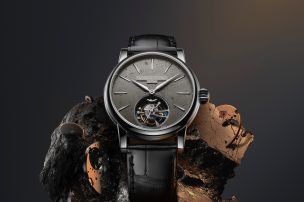
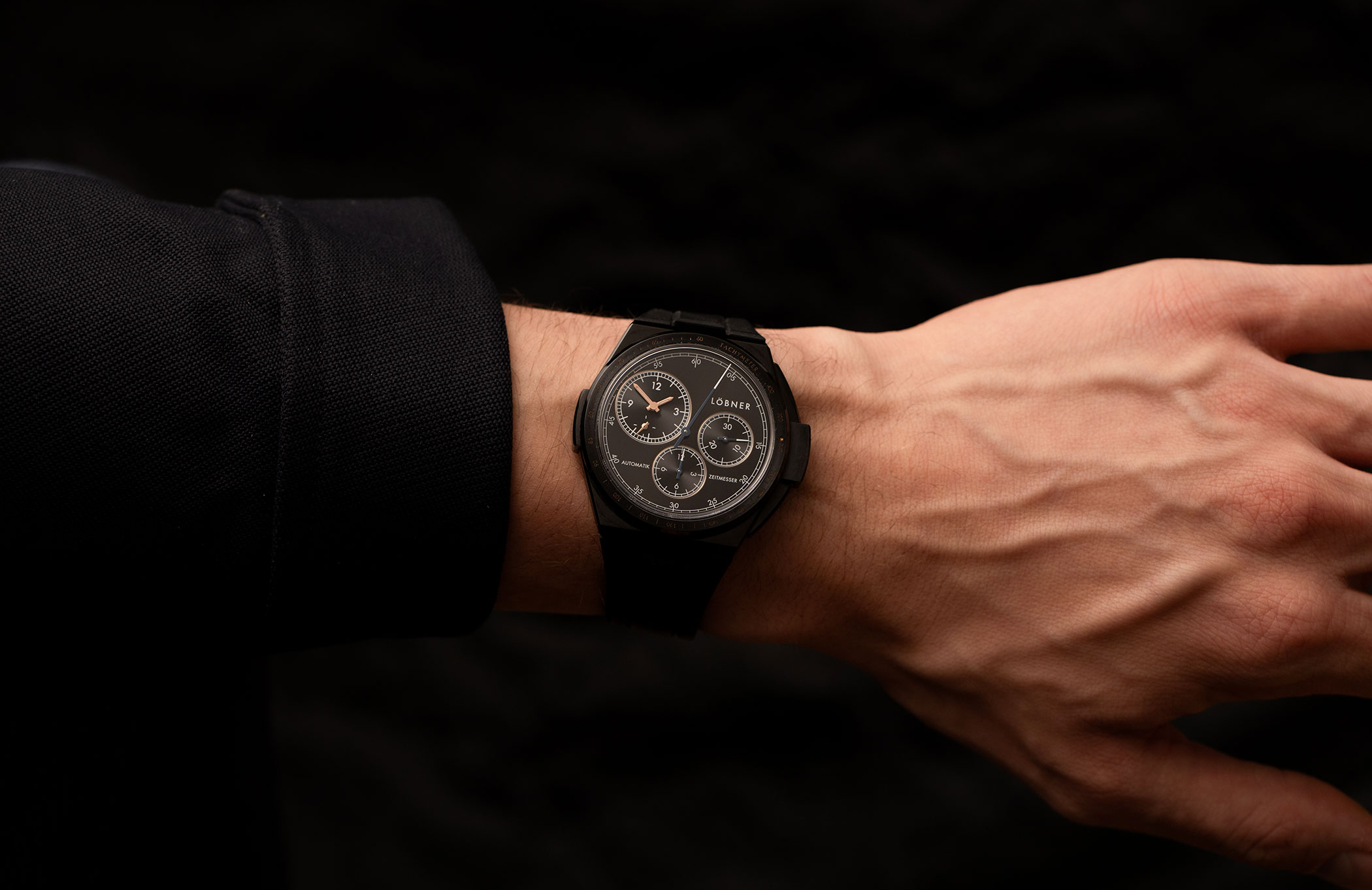
Ahead of its Time: The Tale of Timekeeping at Löbner
Löbner. Never heard of it? Neither had we. Yet this new German luxury watch brand has the potential to shake up the field of coveted steel sports chronographs – thanks, in part, to its unique history.
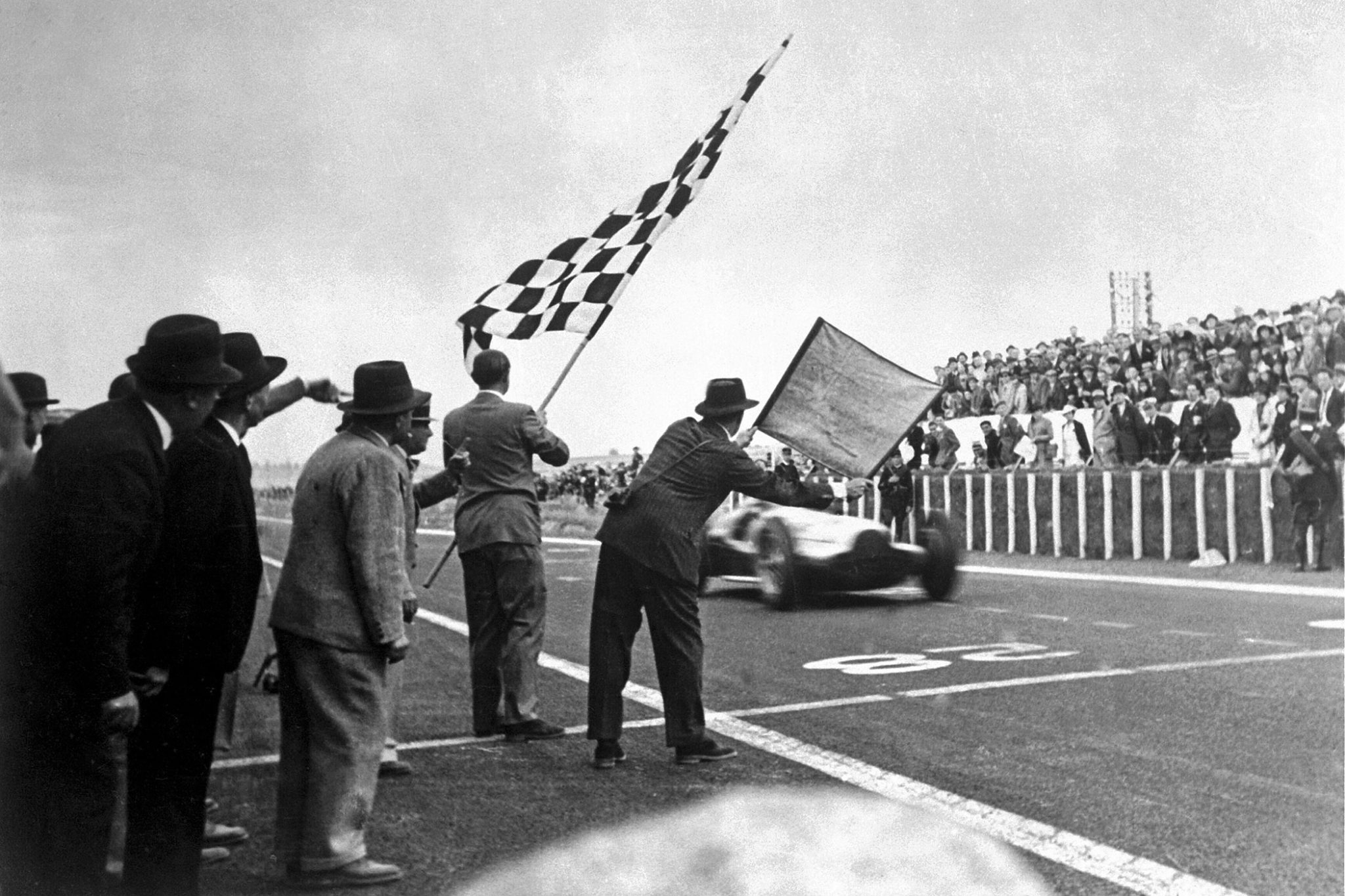
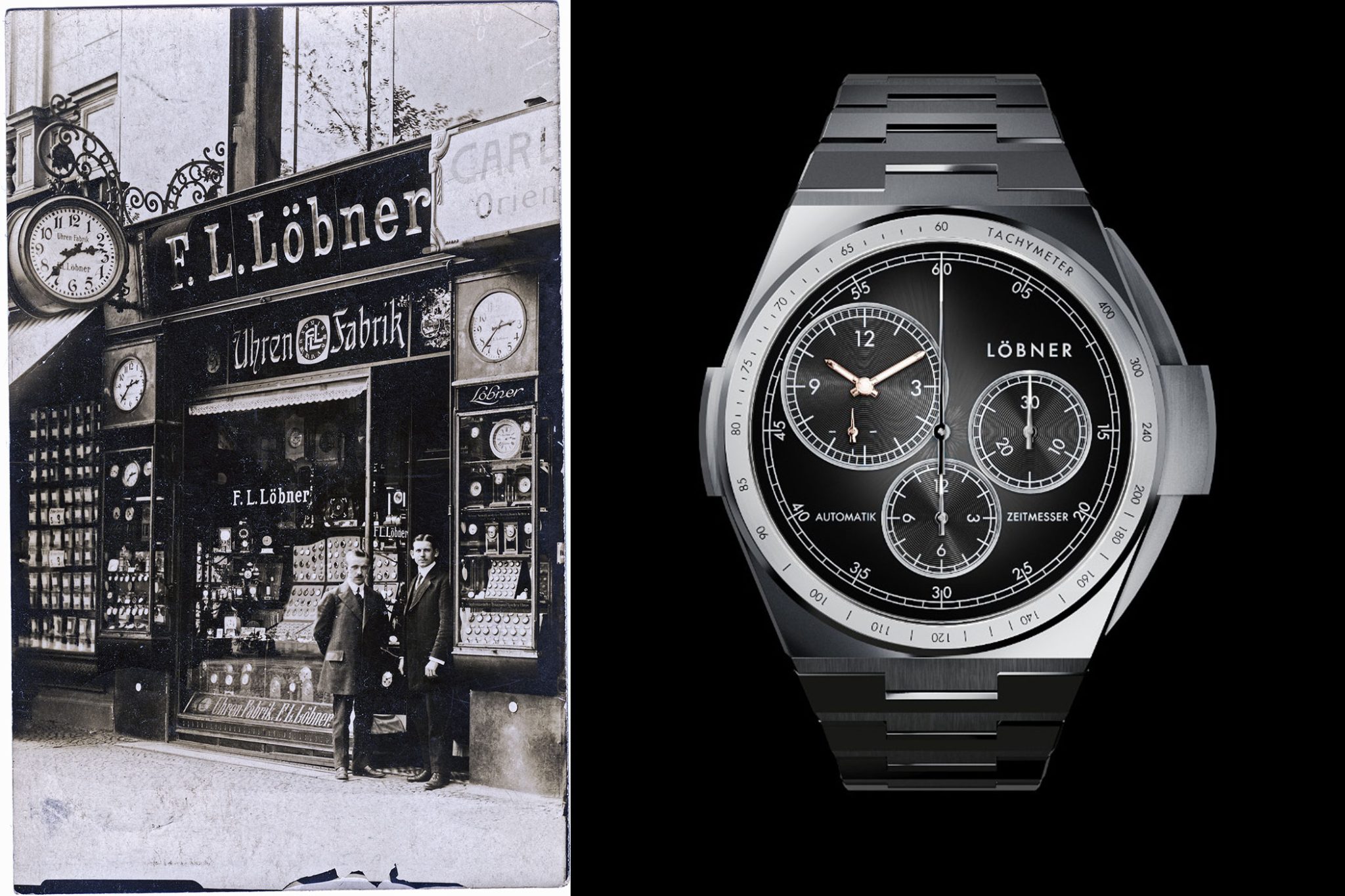
When the news reached us that retailer Bucherer had unveiled a new German luxury watch brand in Berlin on 23 October, solely amongst collectors, we were, to be honest, rather surprised. We by no means presume to know everything, but had certainly never heard of a German watch brand, founded in 1862 in Potsdamer Strasse in Berlin (not far from the Bucherer store) by Franz Ludwig Löbner, which was said to have been responsible for several significant milestones in the history of short-time measurement. But for us, something that is completely unknown makes it all the more exciting.

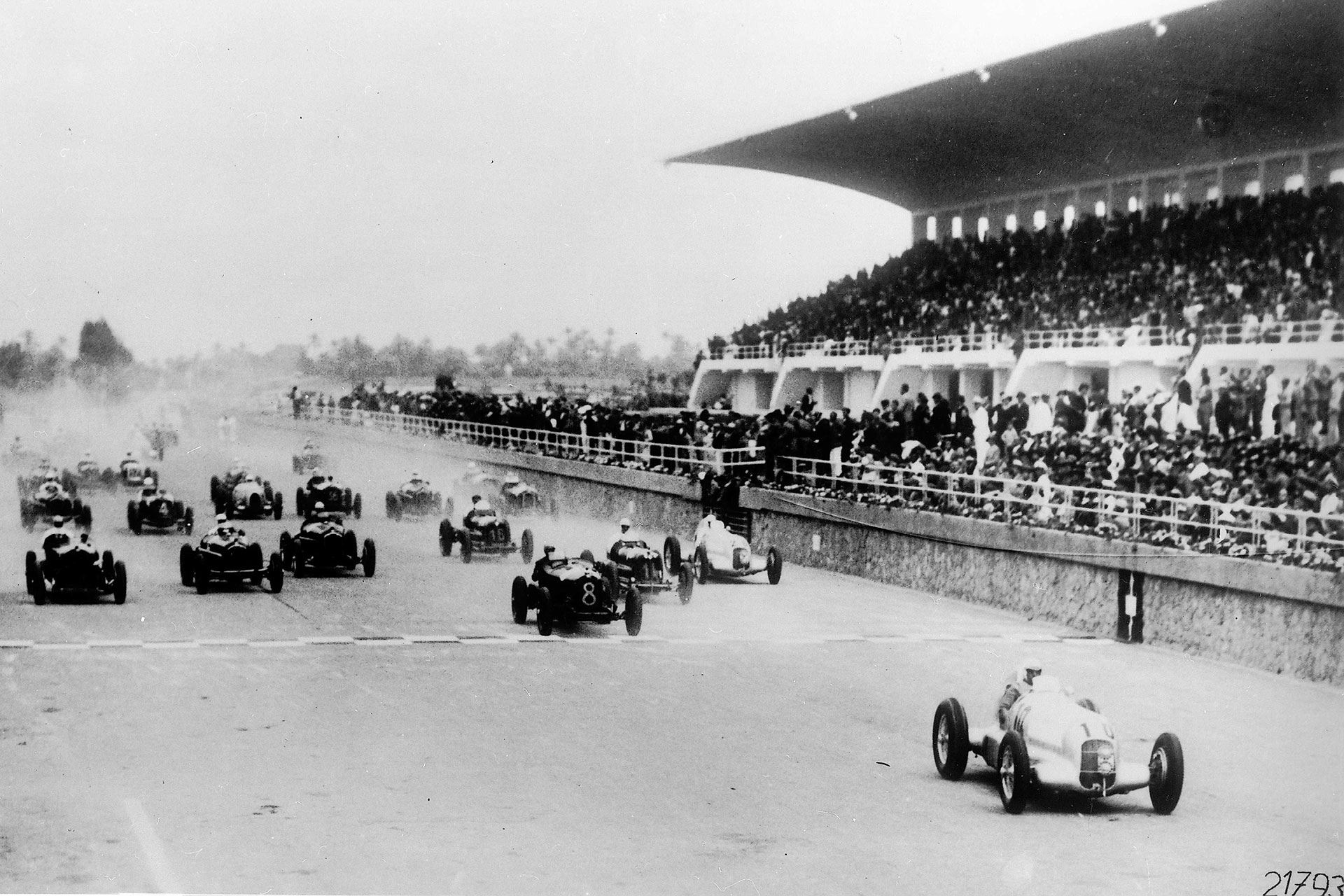
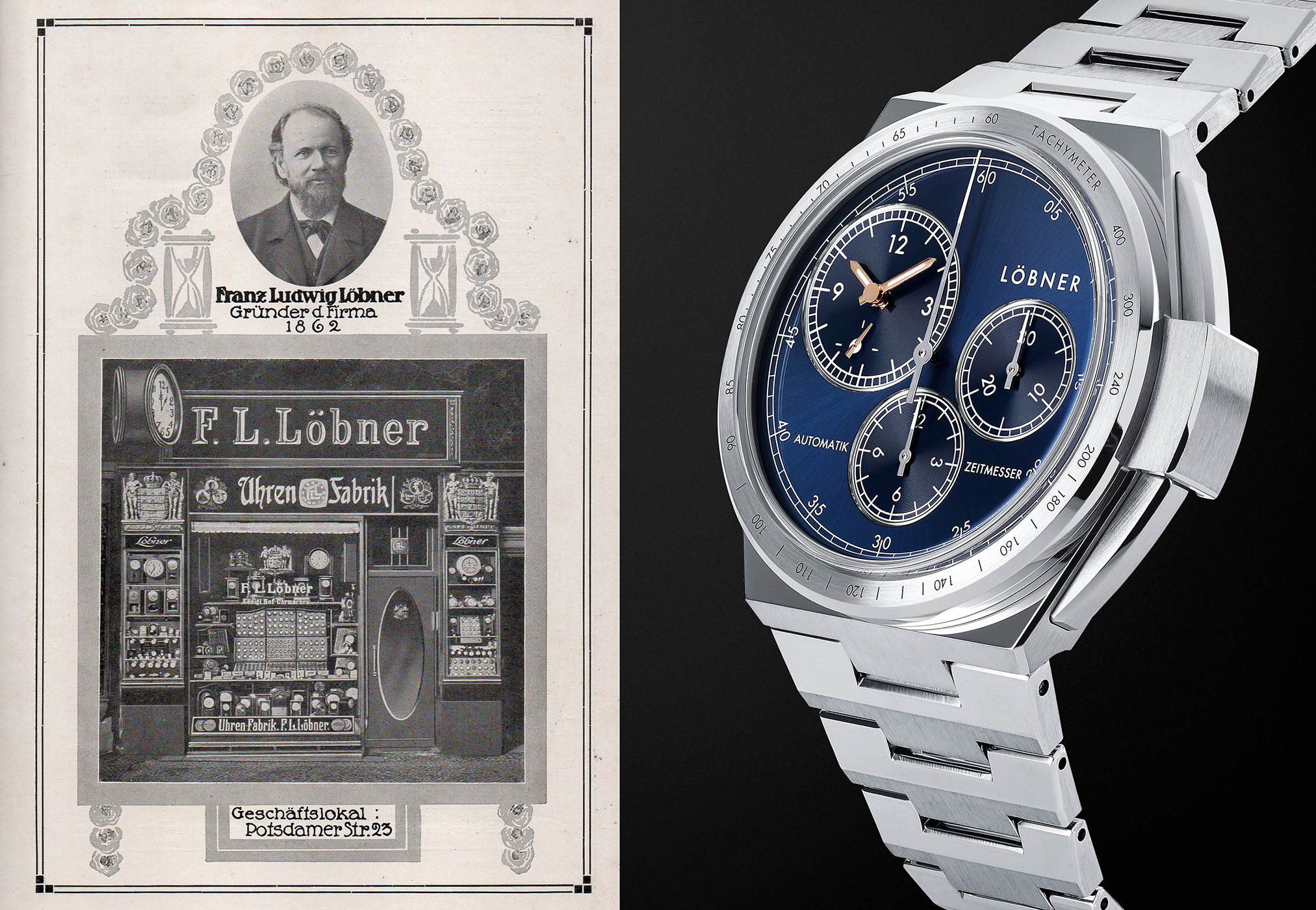
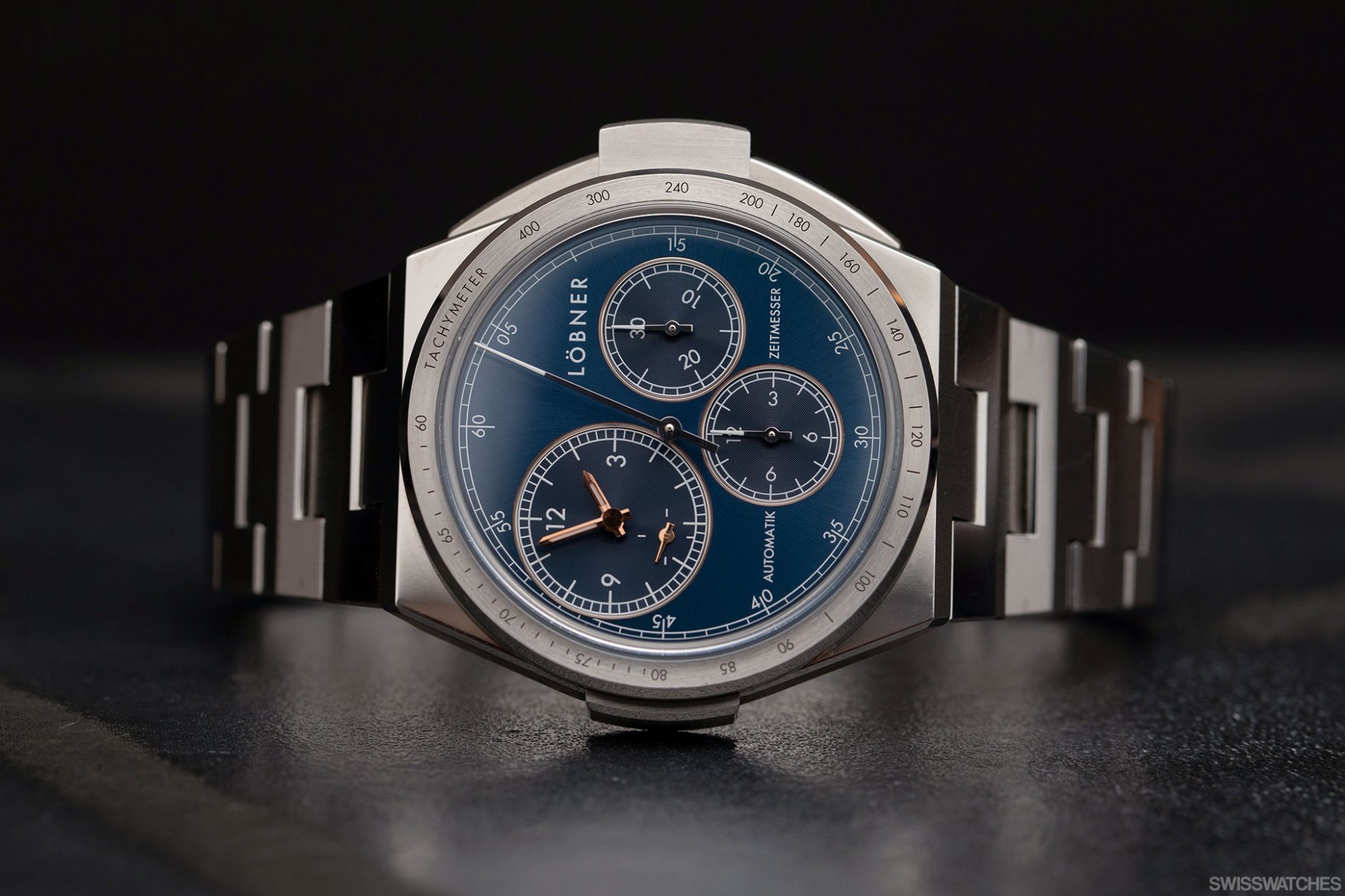
Starting in pole position
Even more surprising than the company’s comeback was the news that Bucherer, the world’s largest luxury watch retailer, which has just been taken over by Rolex (read our report here), will exclusively distribute this new independent watch brand in eight boutiques around the world – in addition to the three German stores in Frankfurt, Munich and, of course, Berlin. Löbner chronographs will additionally be available in Vienna, the reputable Bahnhofstrasse in Zurich, and in Paris. But that’s not all: Bucherer will also sell the watches at its two largest watch stores in North America, aka the Time Dome in Las Vegas and the Bucherer Time Machine on 57th Street in New York City. Now that’s what we call a global launch.
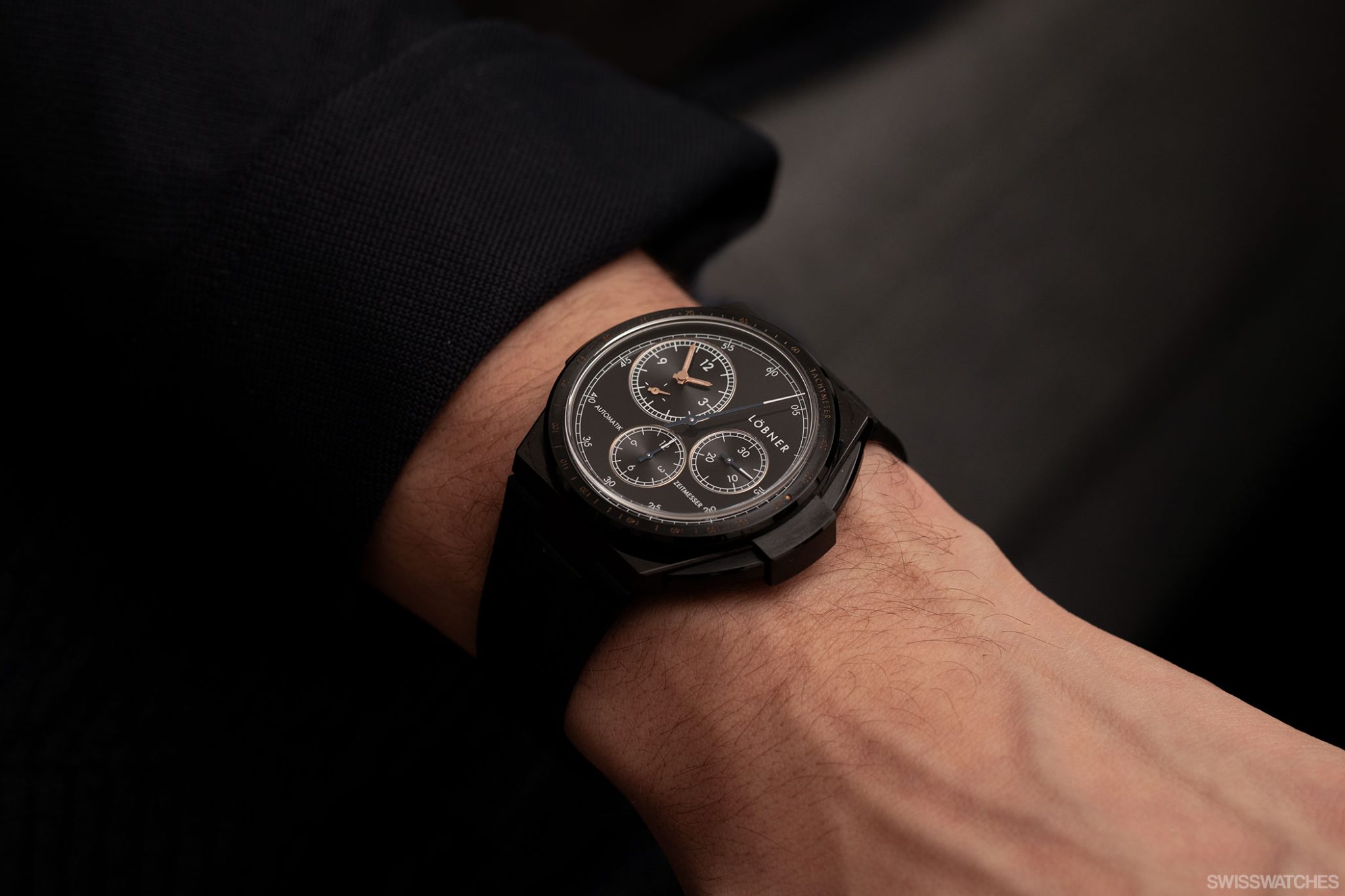
Löbner: Exclusively at Bucherer Masterworks
The news is quite a bombshell – it’s not that Bucherer doesn’t take on new, independent brands or major brands (such as Grand Seiko this summer), but we can’t recall any other brand that has never sold a watch being taken on by Bucherer in the recent past. This implies several things. Firstly, Bucherer’s Masterworks division is now very much focusing on niche brands. Secondly, it confirms the trend that has been apparent among top clients for years: either they already have the coveted classics they wanted, or they are tired of joining dubious waiting lists in the hope of acquiring one of these coveted models. These tiresome lists ultimately only work according to the principle: ‘Why don’t you buy an expensive gold watch first, and preferably one for your wife at the same time, until you eventually get offered the coveted steel model or chronograph you actually want?’ There’s no such thing as customer-friendly – especially in the luxury segment. After all, we are talking about products resembling the same price as a small car.
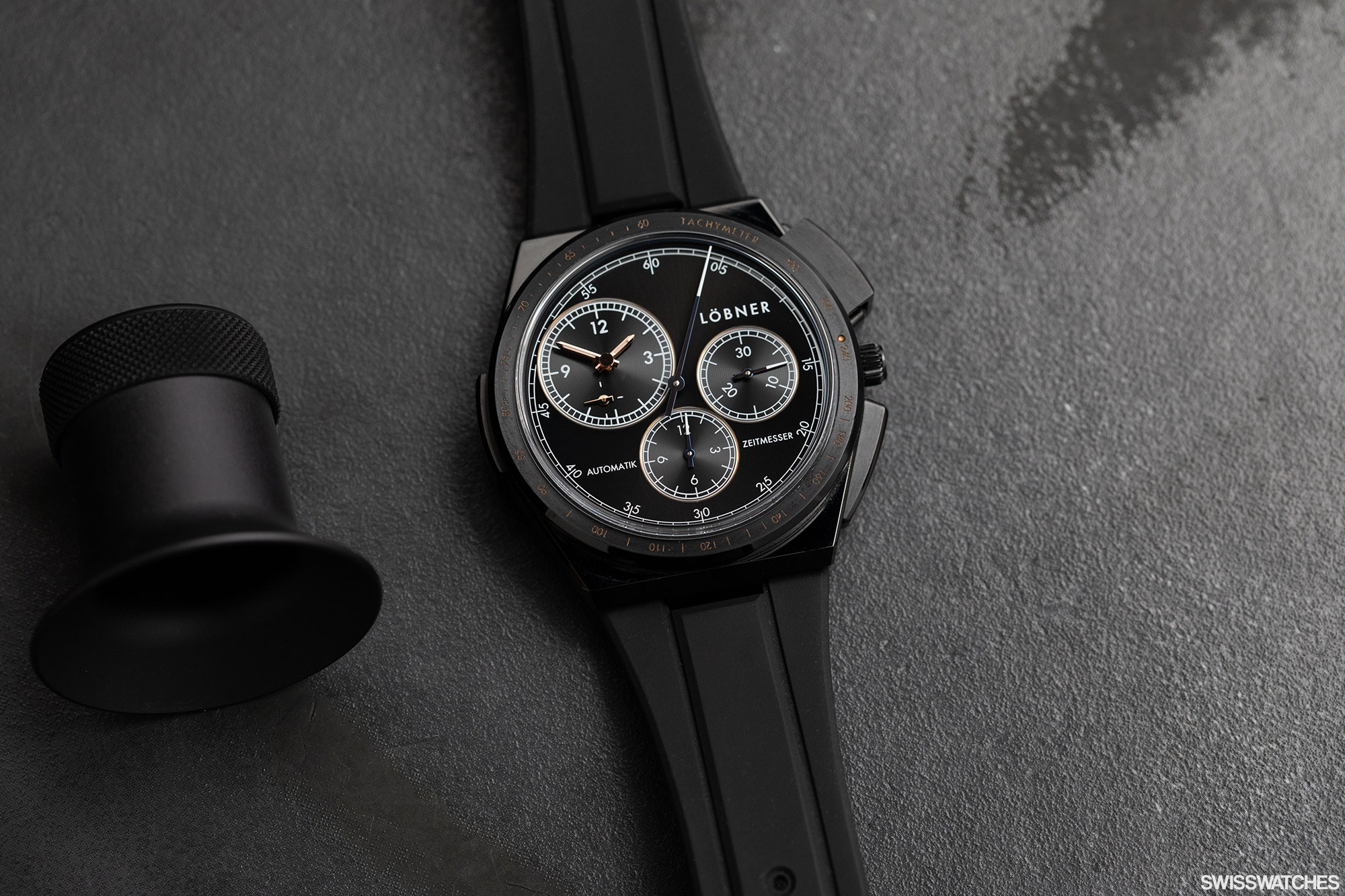
Löbner watches: The details
It seemed all the more important for us to take a closer look at Löbner and its first few products. What is the motivation behind Bucherer instantly adding these timepieces to its range, with the fledgling brand’s name so proudly marked on the dial? For one thing, it is precisely the most coveted of all categories for both
new and pre-owned watches: a 100-metre water-resistant steel sports chronograph with integrated lugs. Secondly, it is a completely independent watch brand, created by the Munich entrepreneur, Matthias Düwel, together with several partners.
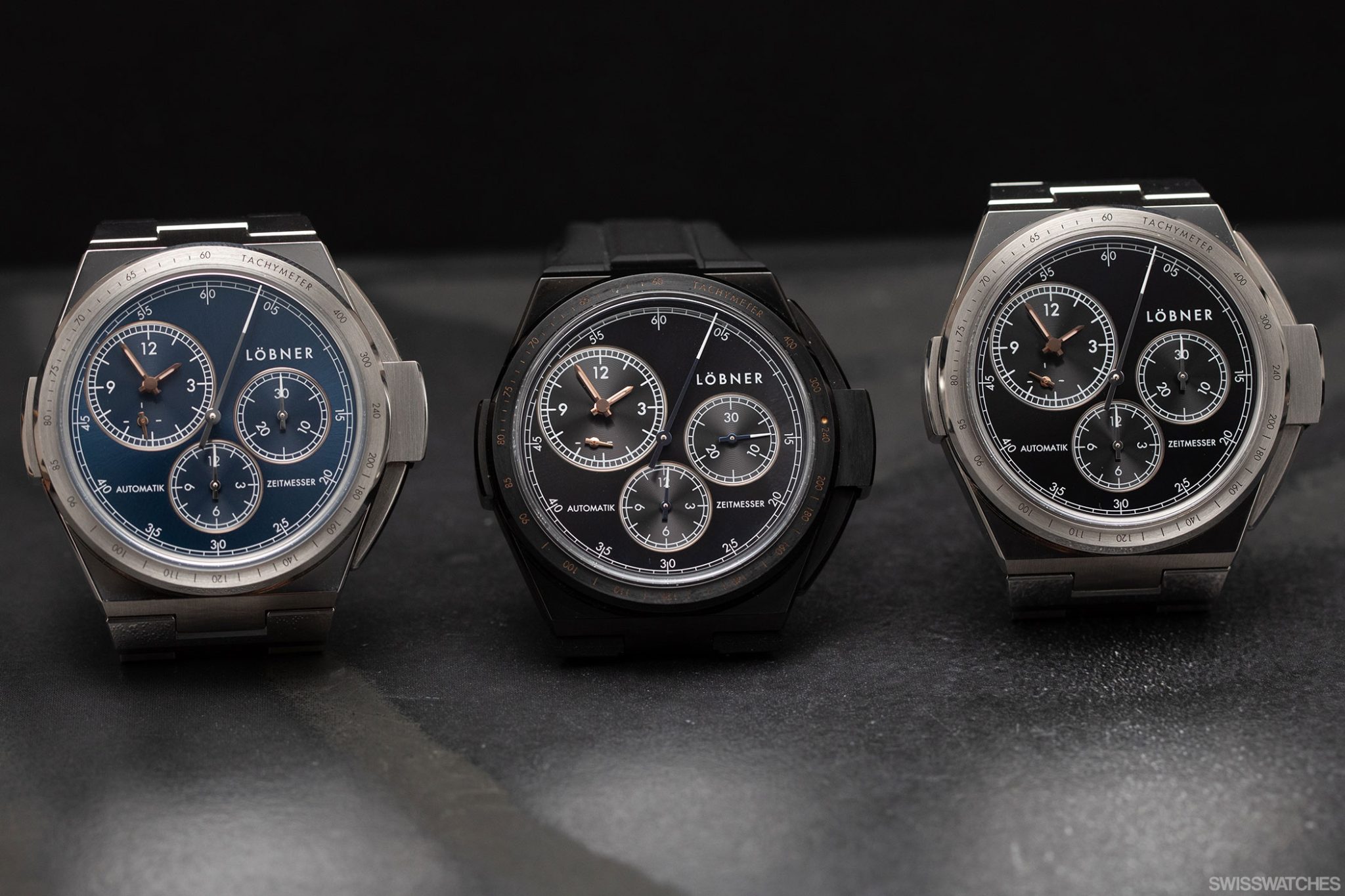
Düwel also personally supplied Swisswatches Magazine with the three timepieces available at the launch, in order to analyse them extensively. Perhaps this can help us to answer some questions, as many inevitably ponder: does the world really need a new watch brand?
Does the world need a new watch brand?
For some, the answer will be no. Almost every niche, no matter how small, is already occupied in some way. While this may be true, hasn’t the explosion of brands and new watches over the last 20 years been a blessing for all collectors? Hasn’t it been the resurgence of brands such as Hublot, with its takeover by Jean-Claude Biver in 2004, or the comeback of Panerai under the Richemont Group in 1997, that has fuelled the hype surrounding established brands and enriched the diversity of the watch scene? And didn’t the comebacks of the major German watch brands after German reunification show that a late entry also has its own appeal? Who today would turn down an A. Lange & Söhne, a brand that will have been around for only 30 years since its resurrection as of next year?
84 – A special number
What’s more, the Löbner brand has a genuinely good storyline. Its history is relatively short by watch collector standards, but is all the more impressive for that. The company only existed for around 77 years before its business activities ceased in 1939. Löbner has therefore been inactive for longer than it actually existed, having been out of action for exactly 84 years. This may be one reason why so many people, including us, have hardly ever heard of this Franz Ludwig Löbner. But the company’s history seems promising, as Löbner developed remarkable innovations in mobile timekeeping throughout the 19th and 20th century – precisely in the period that today’s famous watch manufactures like to emphasise their achievements, from TAG Heuer as the first watch sponsor of Formula 1, to Rolex with its reminiscence of the famous beach races at Daytona Beach in Florida.
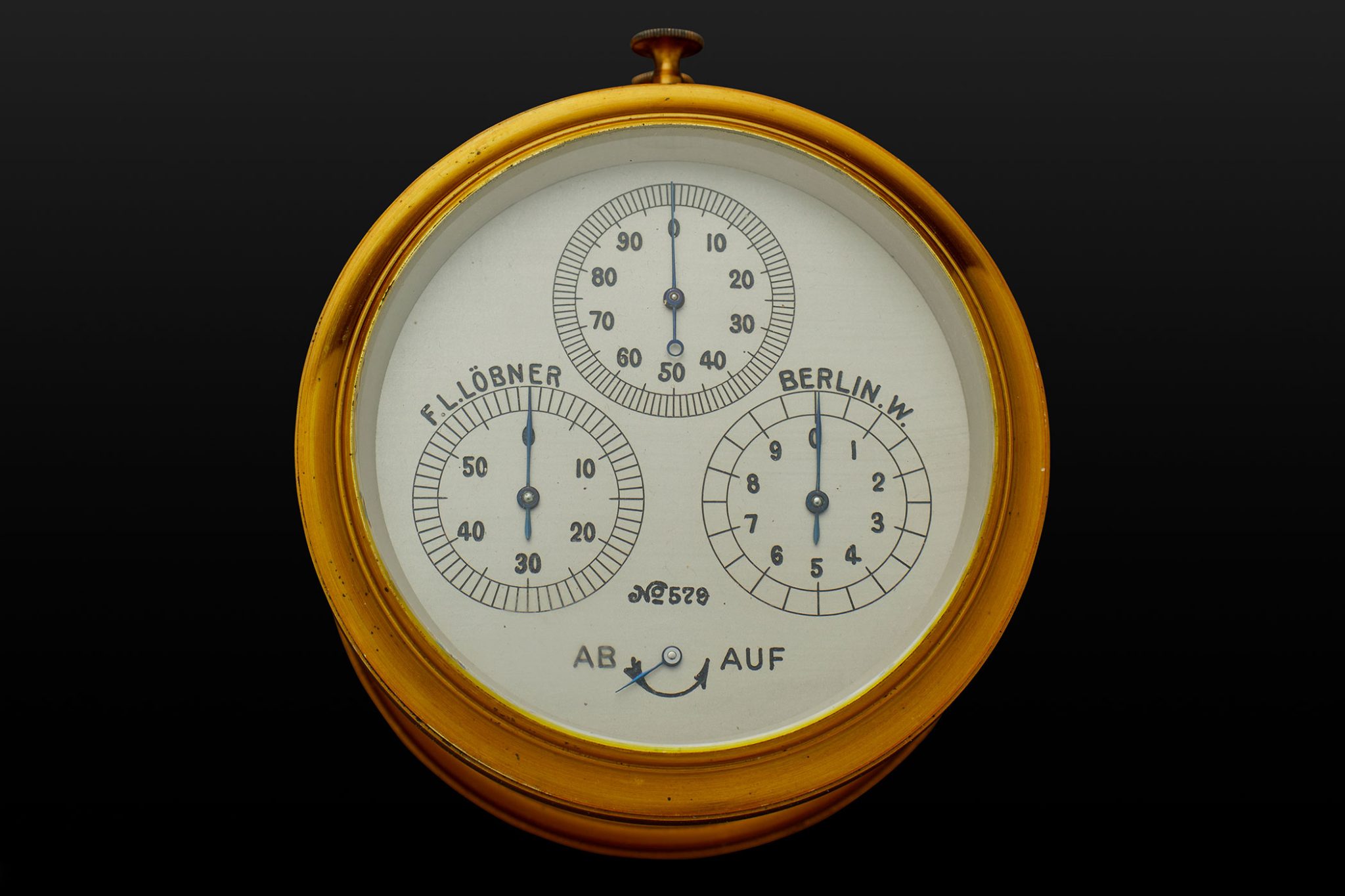
Specialists in short time measurement
Löbner specialised in time measurement, building its own time measuring devices from pretty early on. As early as the end of the 19th century, Löbner was able to measure to 1/100th and 1/1000th of a second. This fact alone caught our attention. According to Düwel, a coffee-table book on the history of modern short-time measurement is due to be published in Spring 2024. We are already looking forward to it; hopefully it will shed light on further details of this history, which is closely linked to modern short-time measurement. Is Löbner perhaps the missing link between early horse racing and modern motor racing? The ink chronographs first used by Nicolas Rieussec on the Champ de Mars in Paris in 1821 gave modern chronographs their name as so-called ‘time recorders’, and have been honoured by German company Montblanc in the form of special editions since 2008.
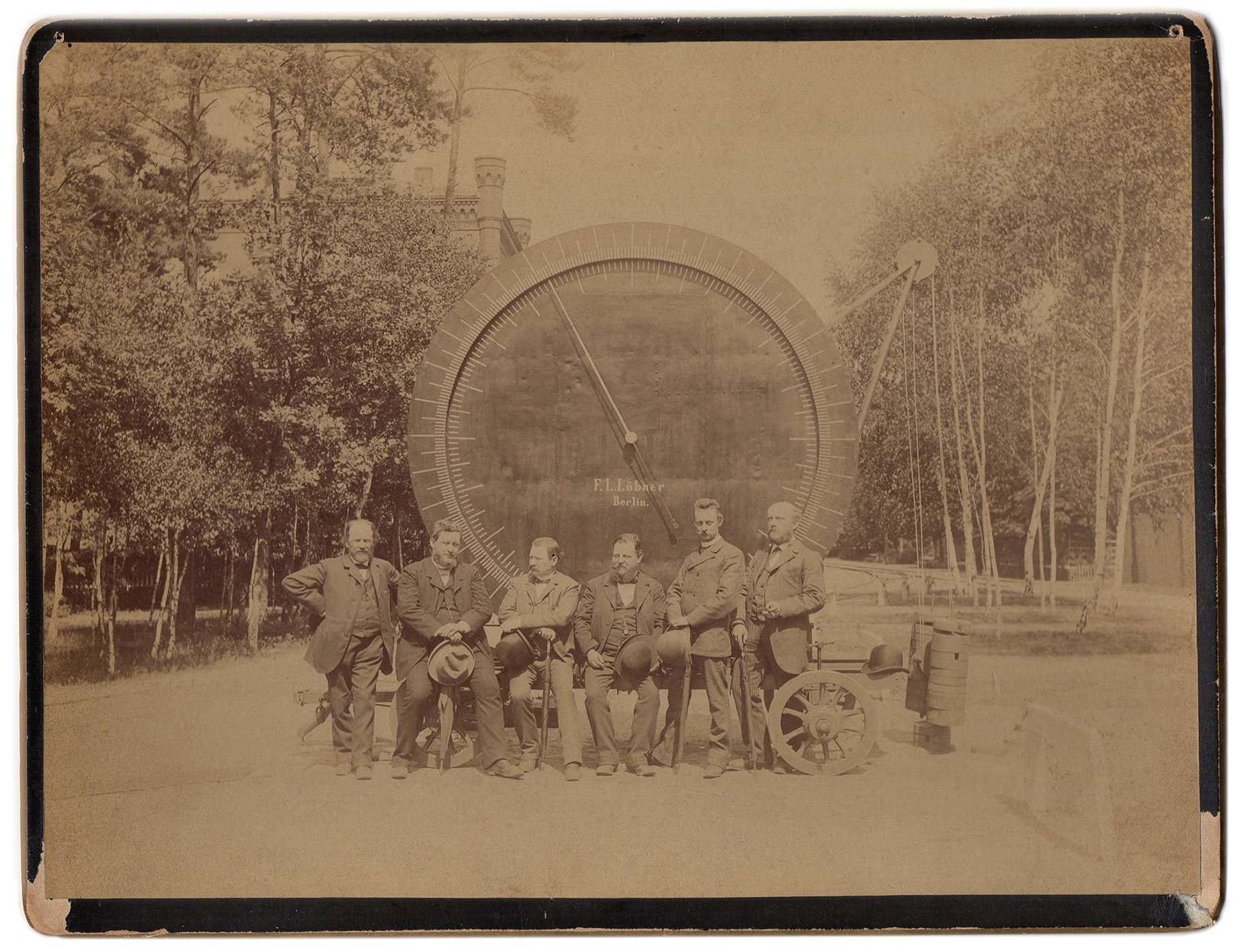
A Löbner perpetual calendar in the German Reichstag
As the brand’s relaunch made clear, Löbner’s history is particularly closely linked to Berlin. In 1894, Löbner supplied a clock for the Reading Room in the German Reichstag; a perpetual calendar designed to display the time until the year 2000 without having to be reset. Sadly, this model no longer exists due to the terrible Reichstag fire of 1933. Nevertheless, the significance is great: what kind of reputation must Löbner have had in the German Empire if it earned a presence in its most important public building? Of course, it reminded us of the Semperoper clock by A. Lange & Söhne in Dresden, which still resides at the opera. Löbner was also omnipresent at the imperial court; not only was Löbner the imperial court watchmaker, but his timepieces were also found onboard the imperial yacht Hohenzollern.
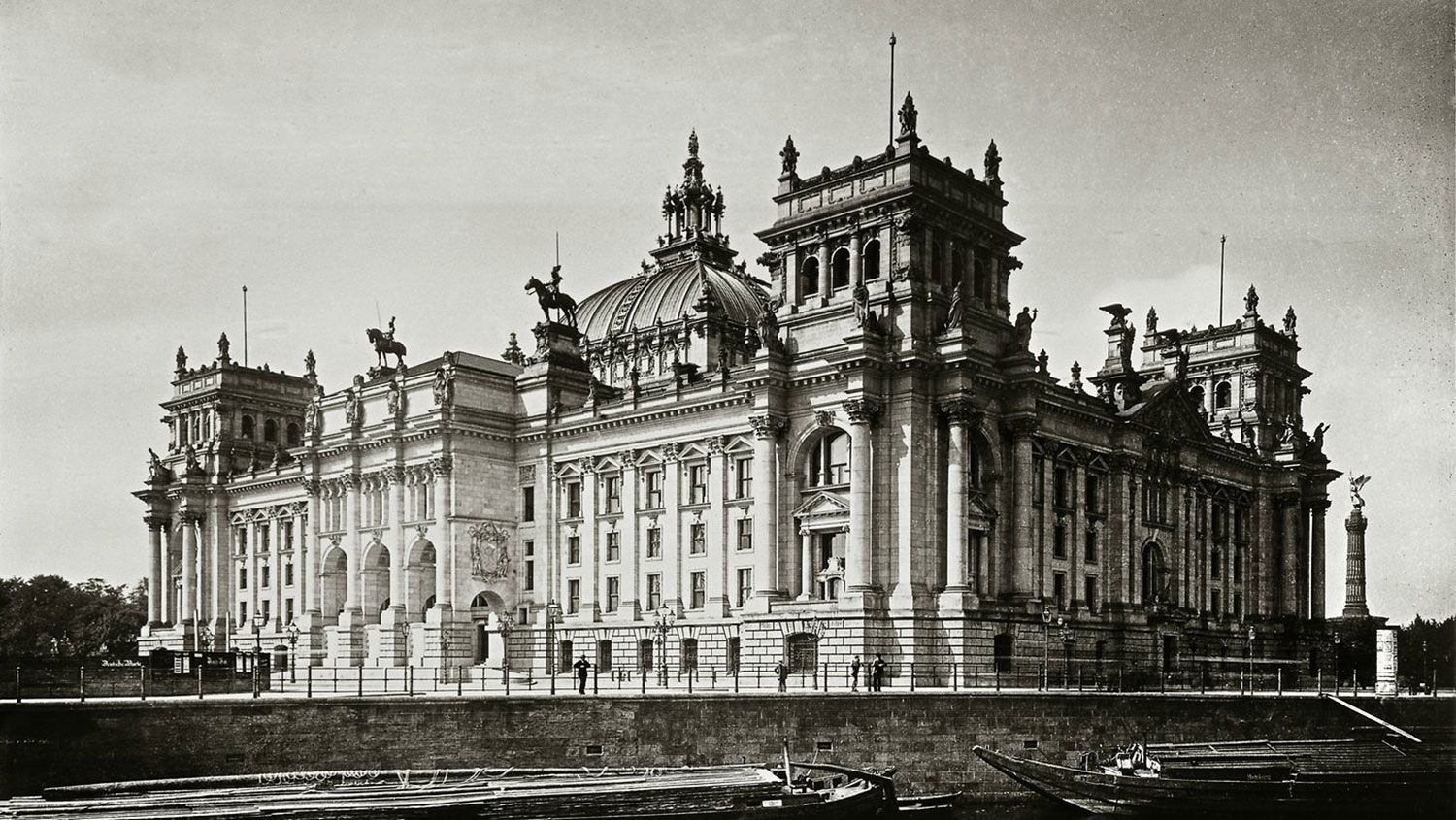
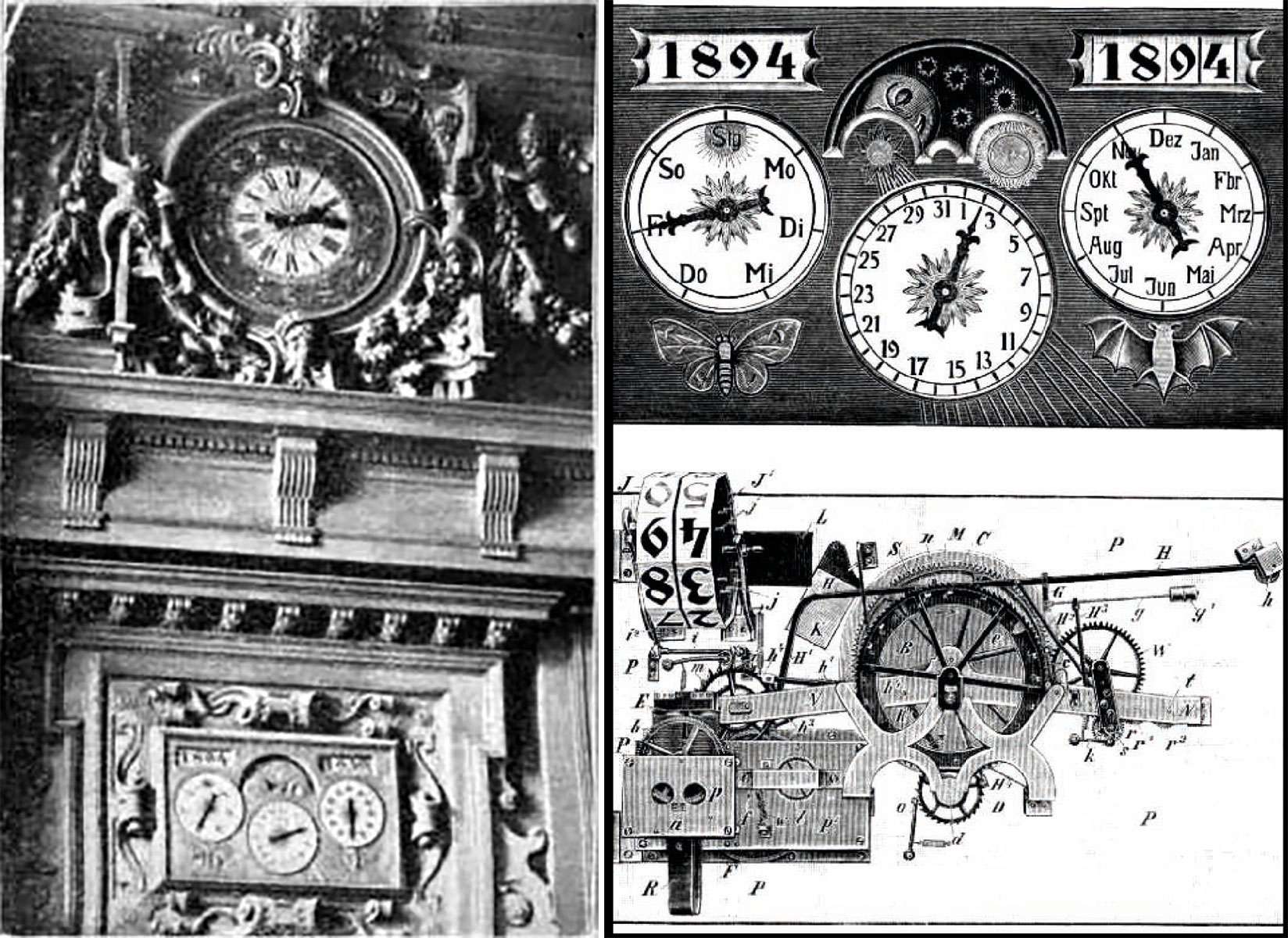
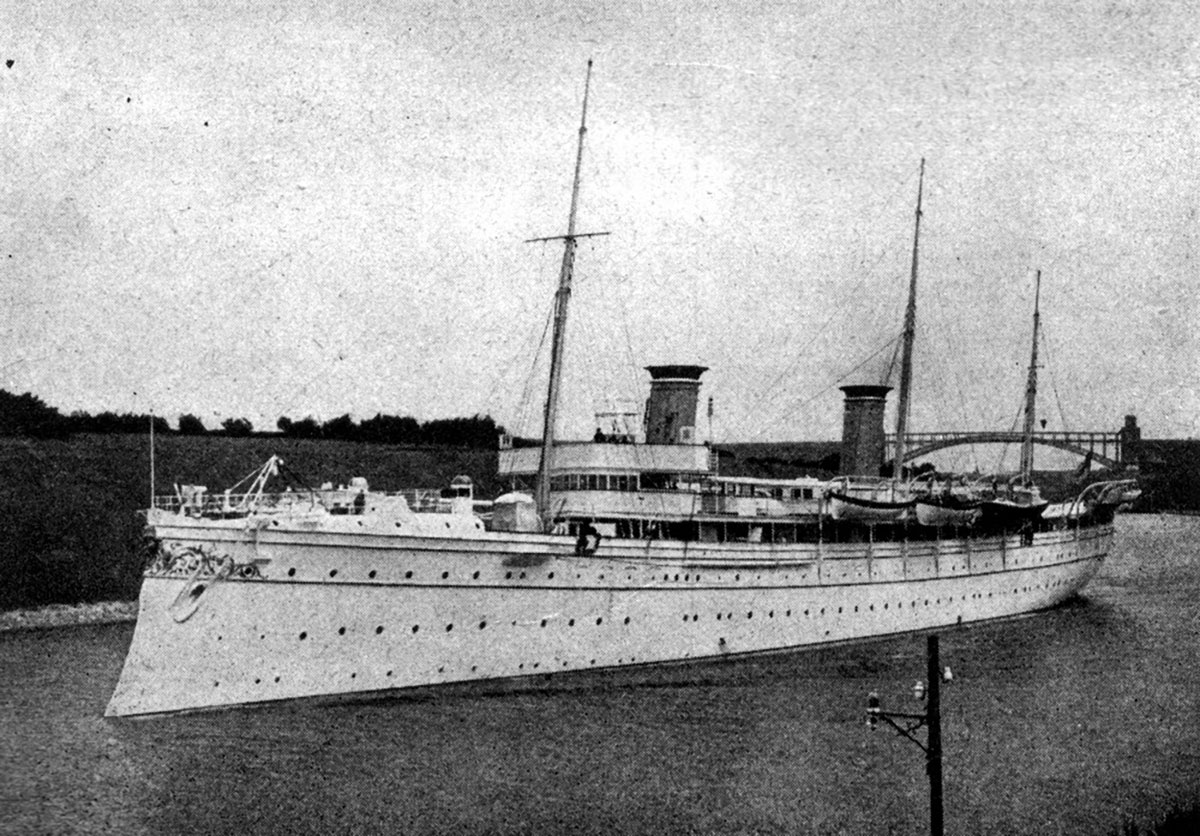
At home on the racecourses of Europe
Löbner’s early history is also closely linked to horse racing, which initially makes us think of the Rieussec chronographs from Montblanc, developed by its subsidiary Minerva manufacture. However, Löbner was concerned with large clocks. Around the 1890s, they were represented at all the famous racecourses in Europe.

Löbner: Timekeeper at the Olympic Games
Interestingly, Löbner’s continued rise was also very closely linked to competitive sport. At the beginning of the 20th century, Löbner was timekeeper at the first Olympic Games of the modern era, with its time recorder systems in use from 1928 in Amsterdam, as well as later in Lake Placid, Garmisch-Partenkirchen, and Berlin. Of course, the Olympic Games have largely been the territory of Omega since 1932, who are of course the official timekeeper. However, there is clear historical evidence that Löbner recorded the time, side by side with Omega, at the games, using very complex timekeepers with a starting pistol, such as the high-tech version that the Swatch Group subsidiary, Swiss Timing, will be using at the upcoming Summer Games in Paris next summer. This is another very interesting fact that the book will hopefully shed more light on.
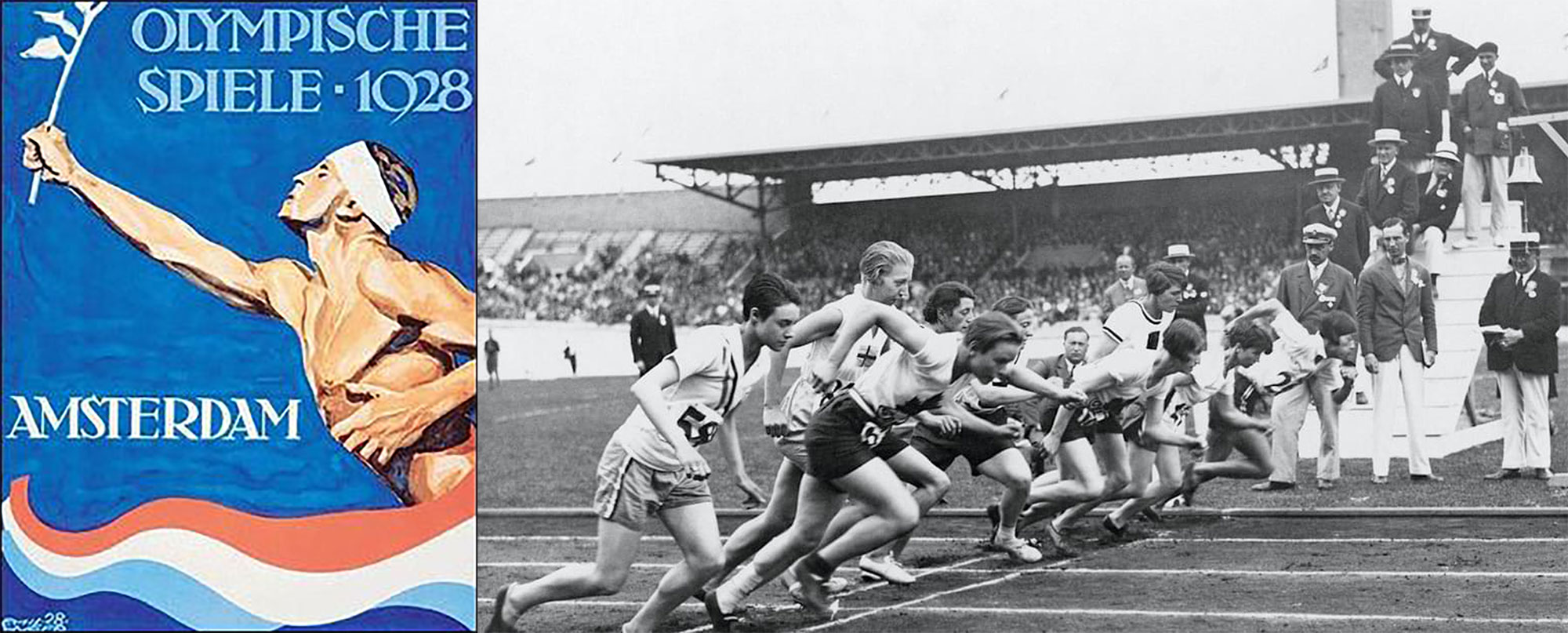
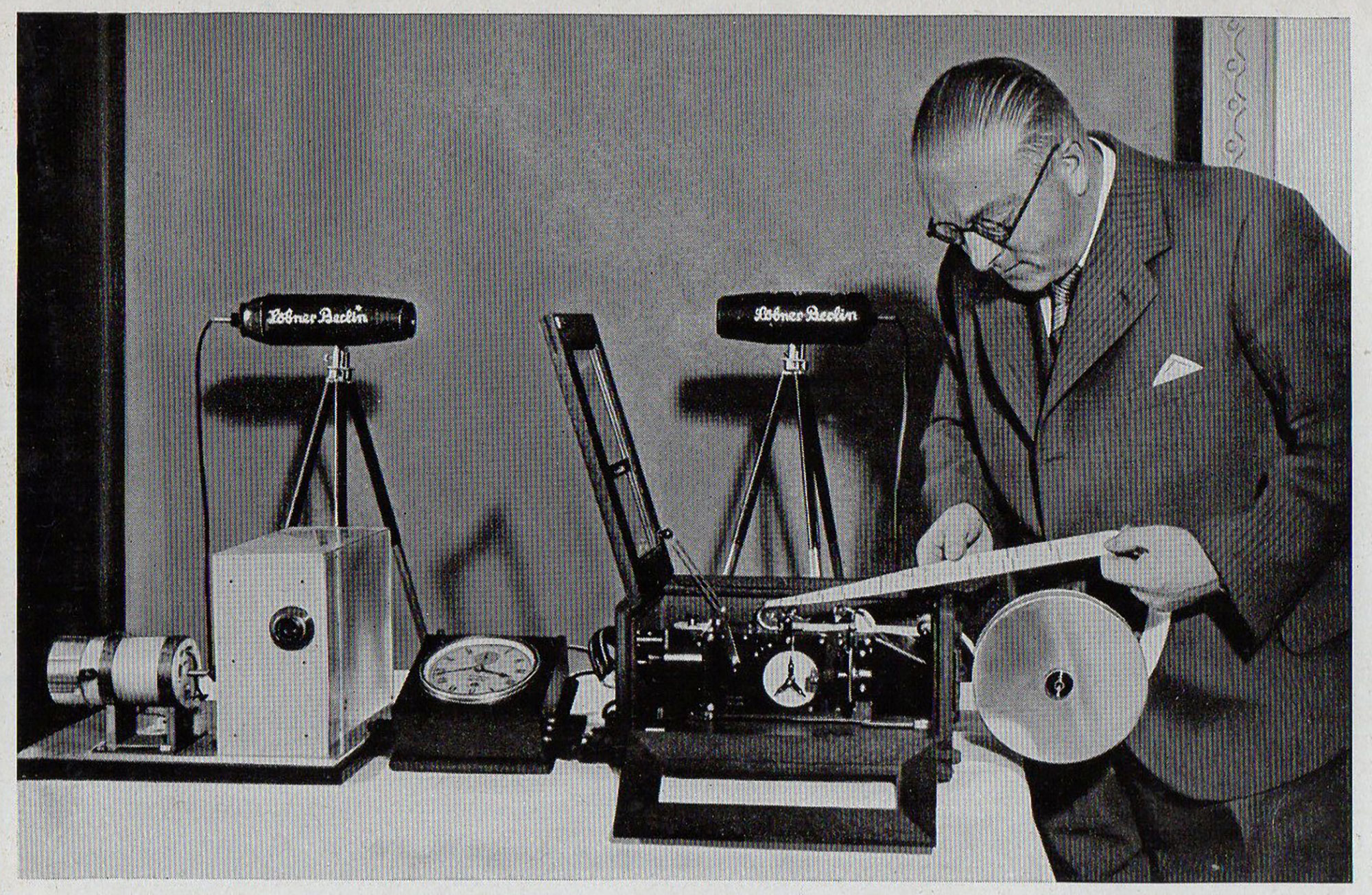
Automotive world records measured by Löbner
Here’s another exciting finding: numerous competitions and world records in motorsport have been recorded by Löbner stopwatches and time recorder instruments, including probably the most famous: the world record of 432.7 kilometres per hour, set by Rudolf Caracciola in 1938, which was also the longest held world record in motorsport history. Caracciola achieved a record in a Mercedes W125 on the freeway between Frankfurt am Main and Darmstadt over one kilometre with a flying start that lasted 79 years. It would not be surpassed until November 4, 2017, when it went up to 445.54 km/h. However, the vehicle had almost twice the engine power. Its name: Koenigsegg Agera RS.
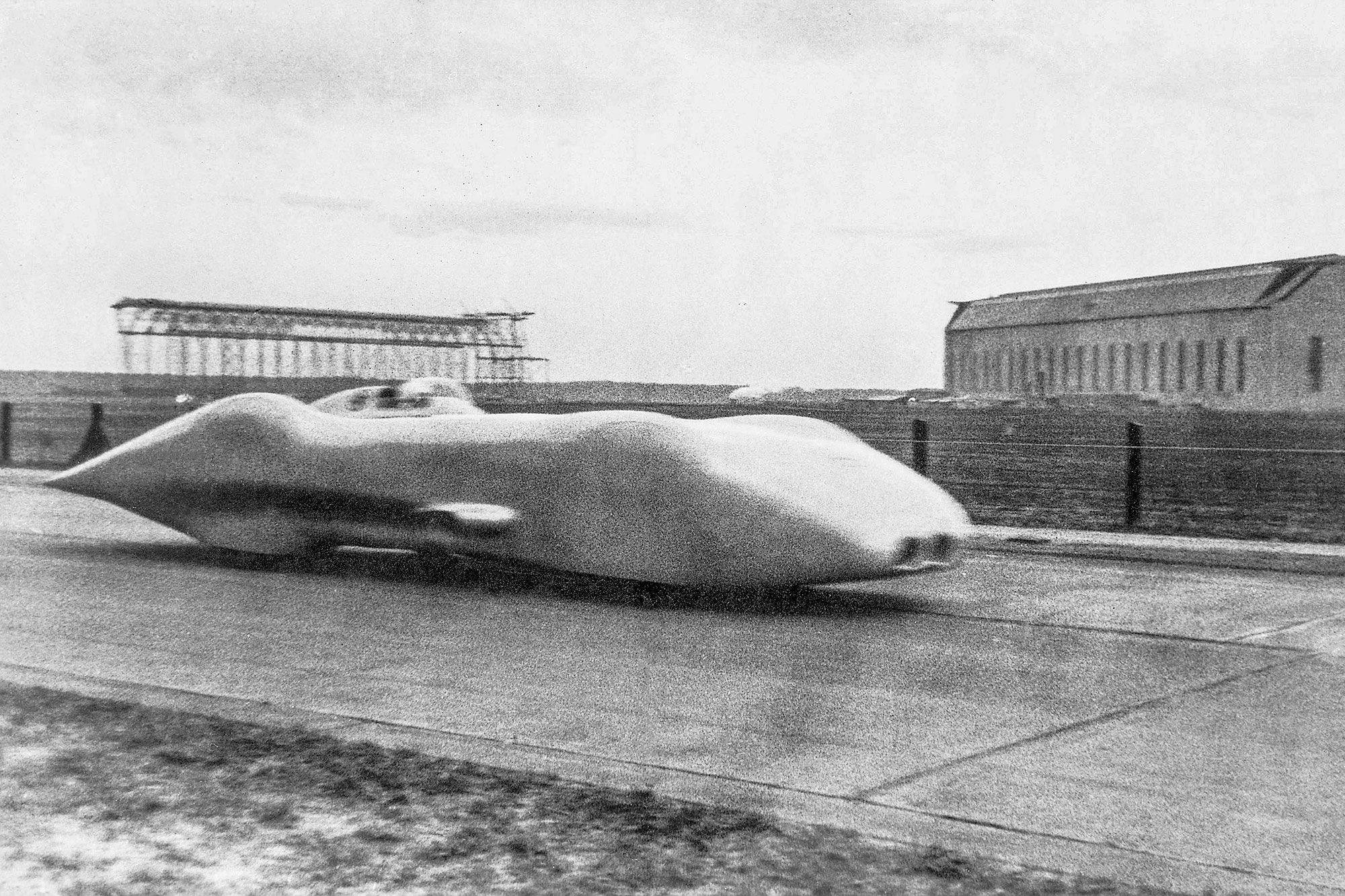
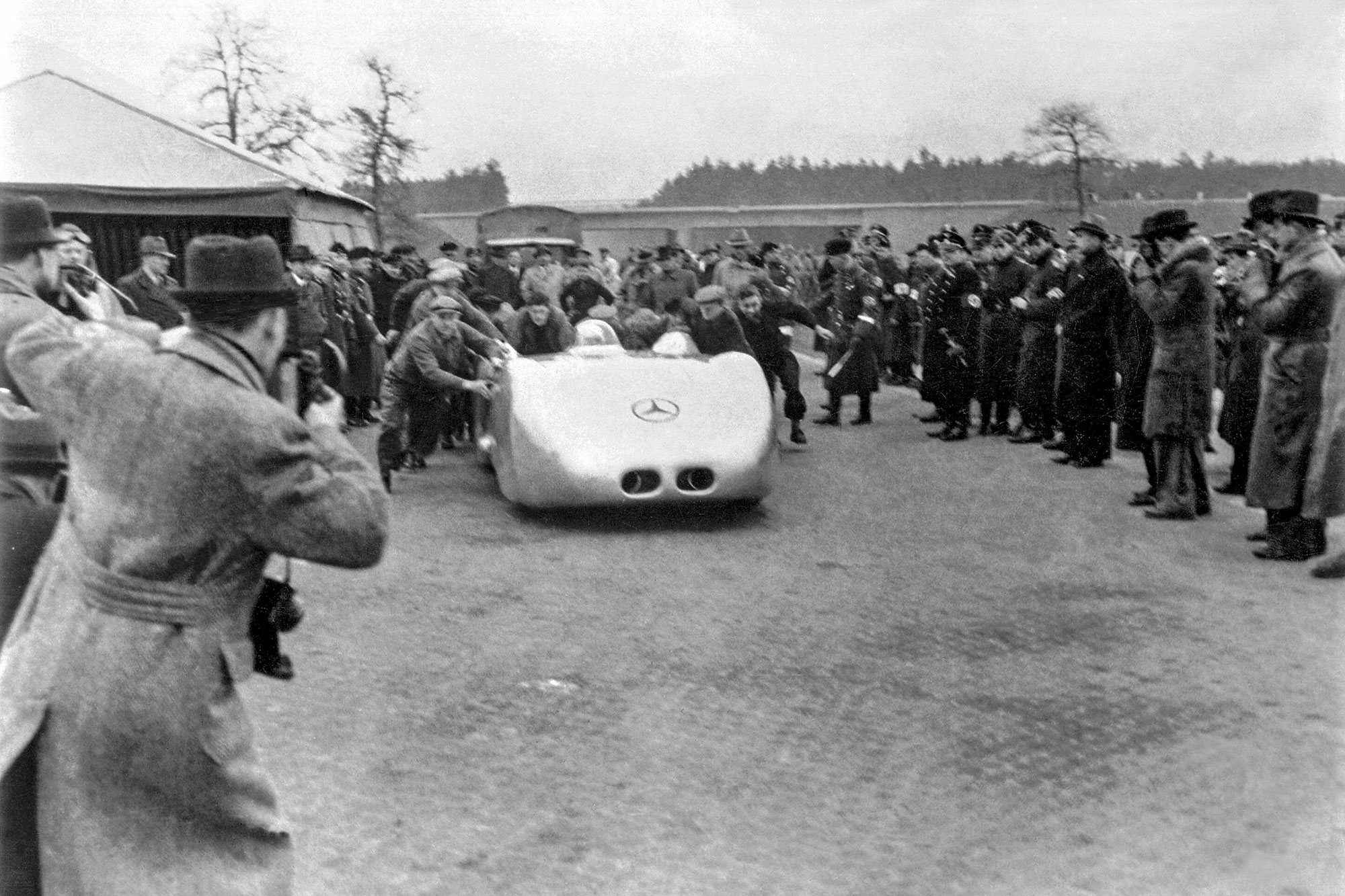
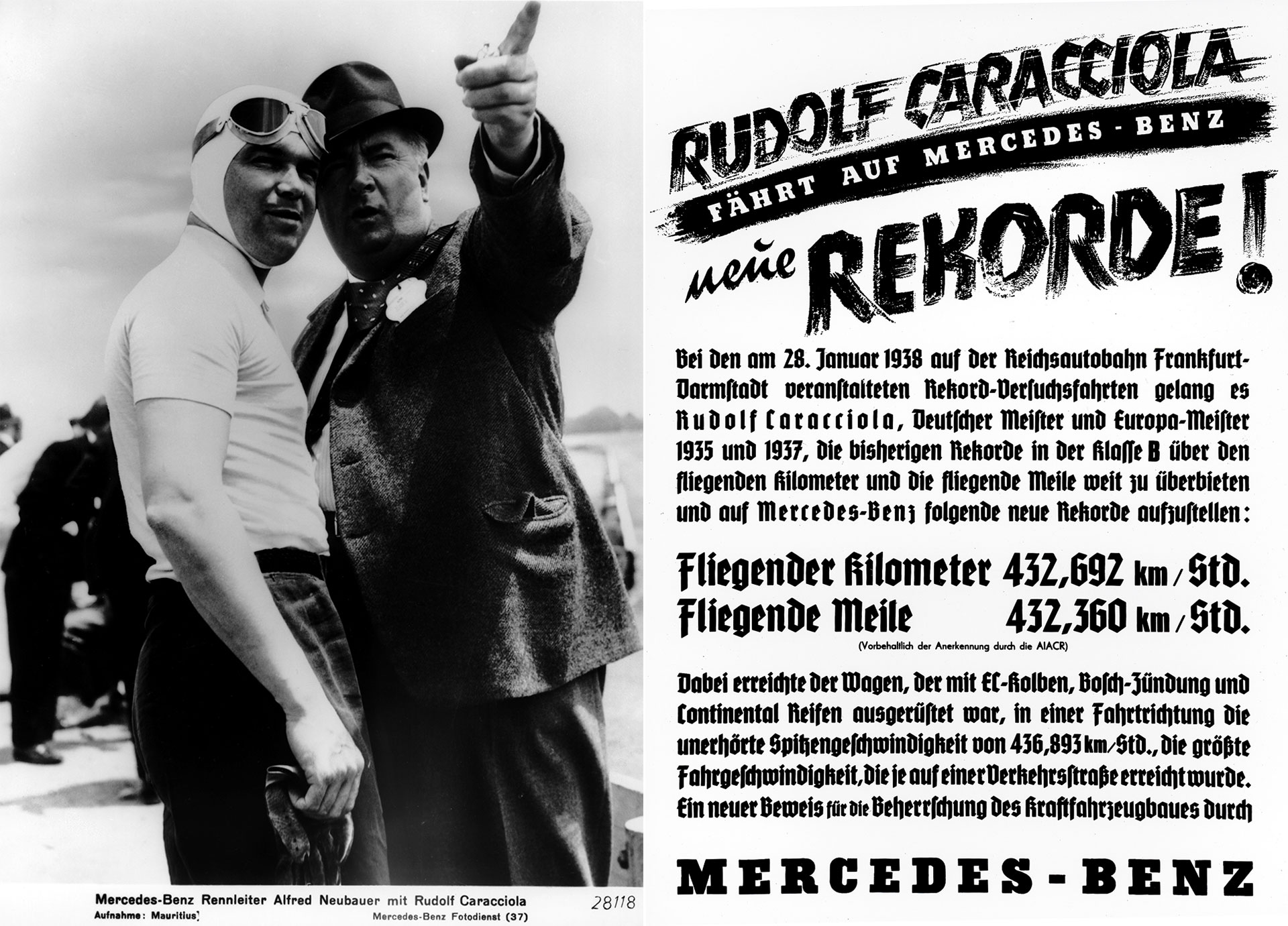
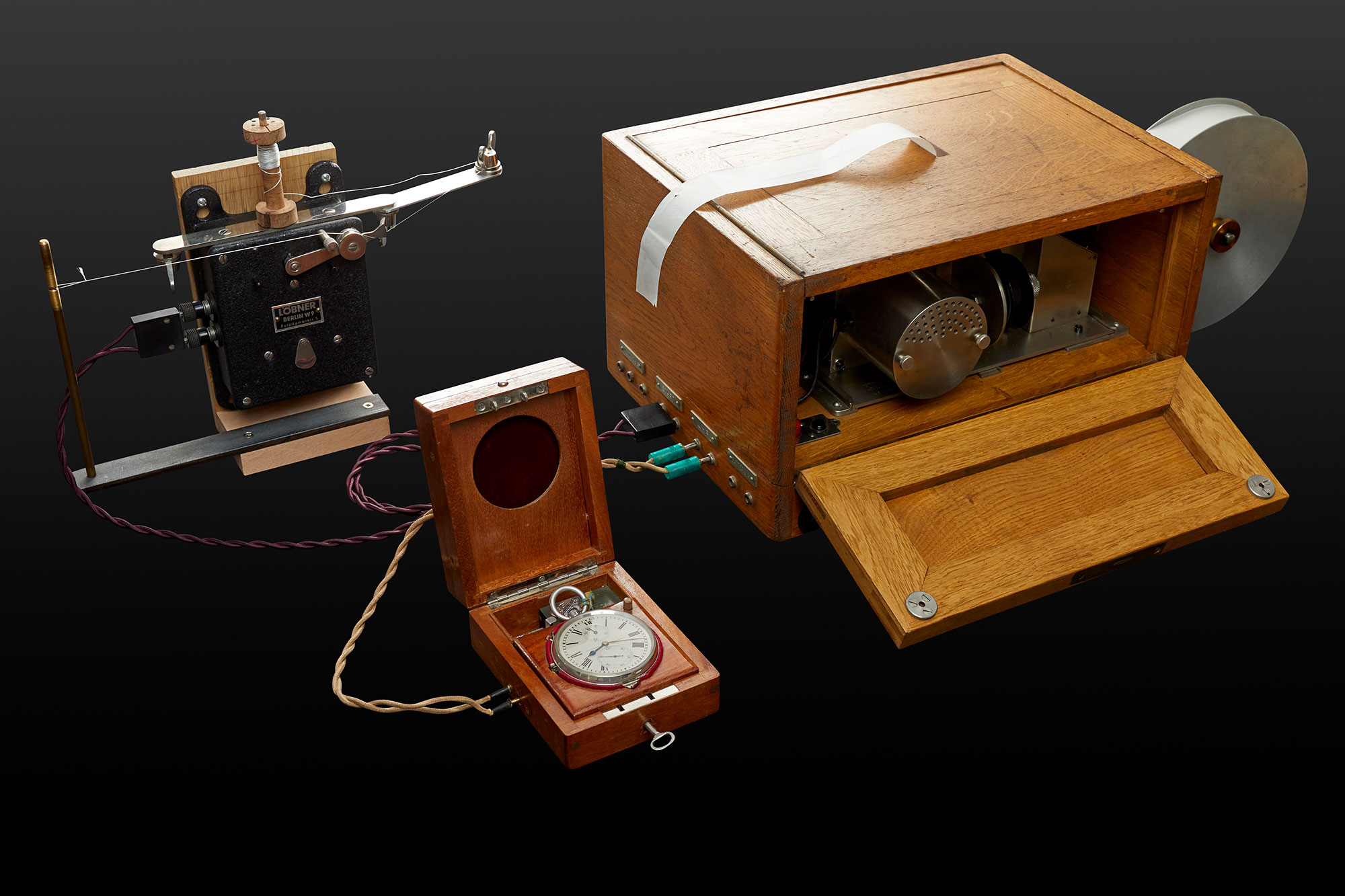
The all-important movement: A column-wheel chronograph with Löbner module
Characterised by a fascination for daring sport, technical progress, and inventiveness, 2023 Löbner is now back at the starting line. Of course, sceptics will immediately critique the fact that there is no in-house chronograph movement for the launch, but rather a modular chronograph finished and adapted by La Joux Perret. But let’s be honest: does it really matter, or is this something that such a small company can, and perhaps even must, save for the future? Not to mention the fact that Löbner also did this historically with its early wristwatches. What’s more, there’s the well-known consensus amongst collectors that the actual performance of modern automatic chronographs is so similar that it’s fair to question the hype surrounding certain manufacture models (not to mention the prices).
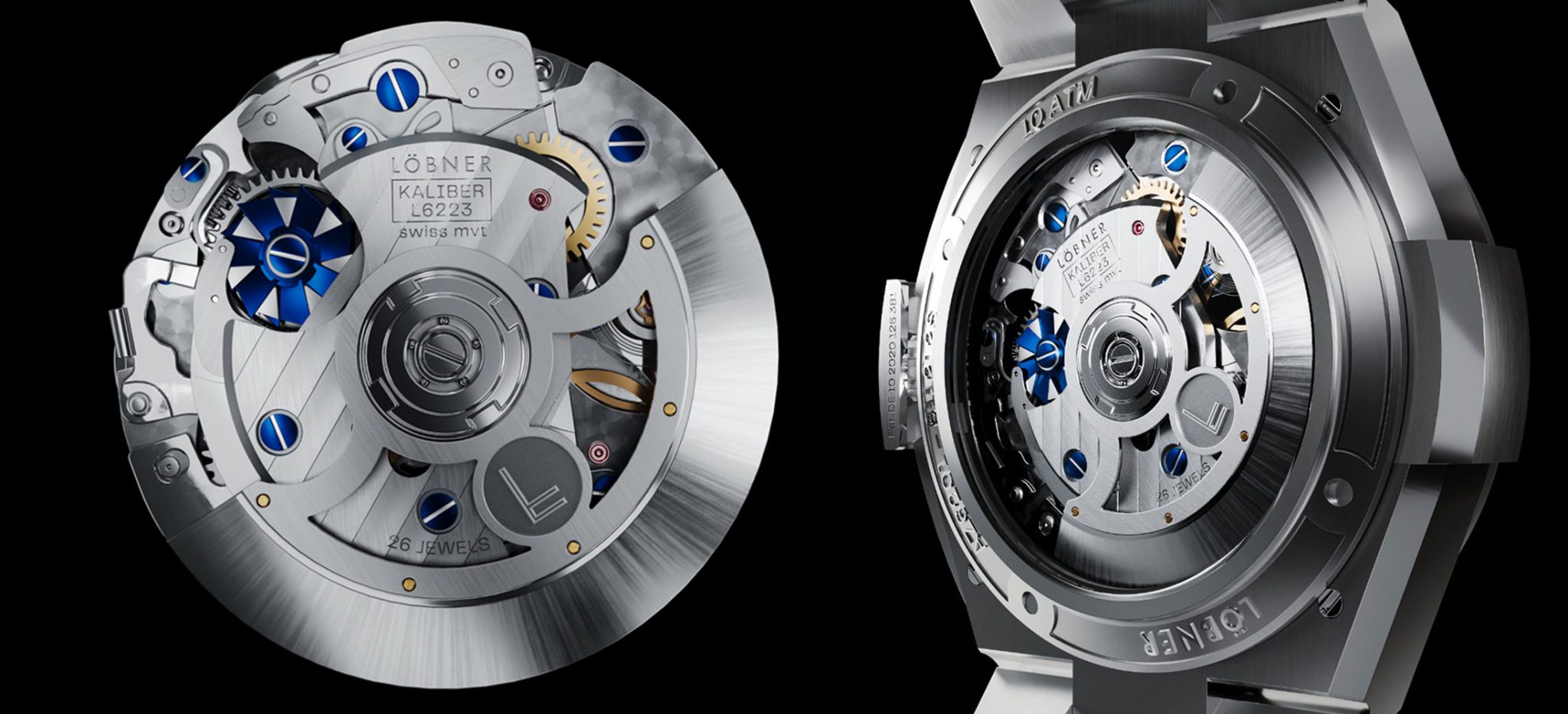
A piece of history on the wrist
For many collectors, it is arguably simply the courage of new, independent watchmakers and companies that increases the appeal of their mechanical watches. The requirements are the same for everyone: a mechanical work of art for the wrist, which also displays the time and tells a story, in the best-case scenario a personal life story, linked to the history of mankind, forever dreaming up new ways to interpret time? Isn’t it precisely the young new brands that are shaking up and reinterpreting this unchanging set-up, and keeping our enthusiasm for existing brands and their immense achievements alive?
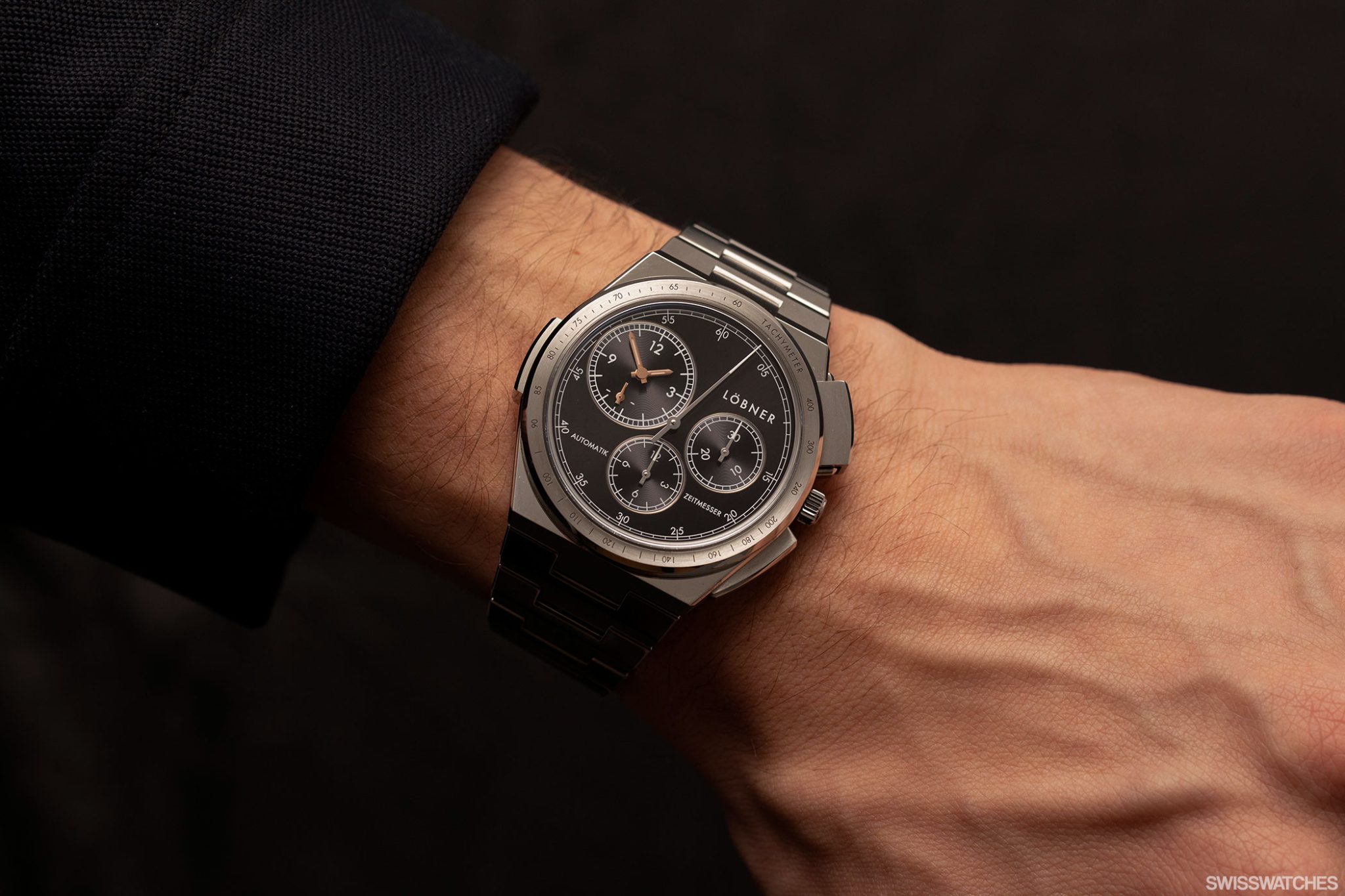
A bold new watch brand
What we particularly appreciate is that there are not many independent brands with a long history out there that really dare to enter the luxury segment, and compete with the big corporations. Of course, a healthy watch industry needs both: corporations and niche brands – and you can’t blame inexperienced customers for preferring the all-round carefree package of a well-known brand when it comes to luxury products. But if no one dares to do it like Löbner, the watch landscape will inevitably deteriorate and lose a bit of its soul.
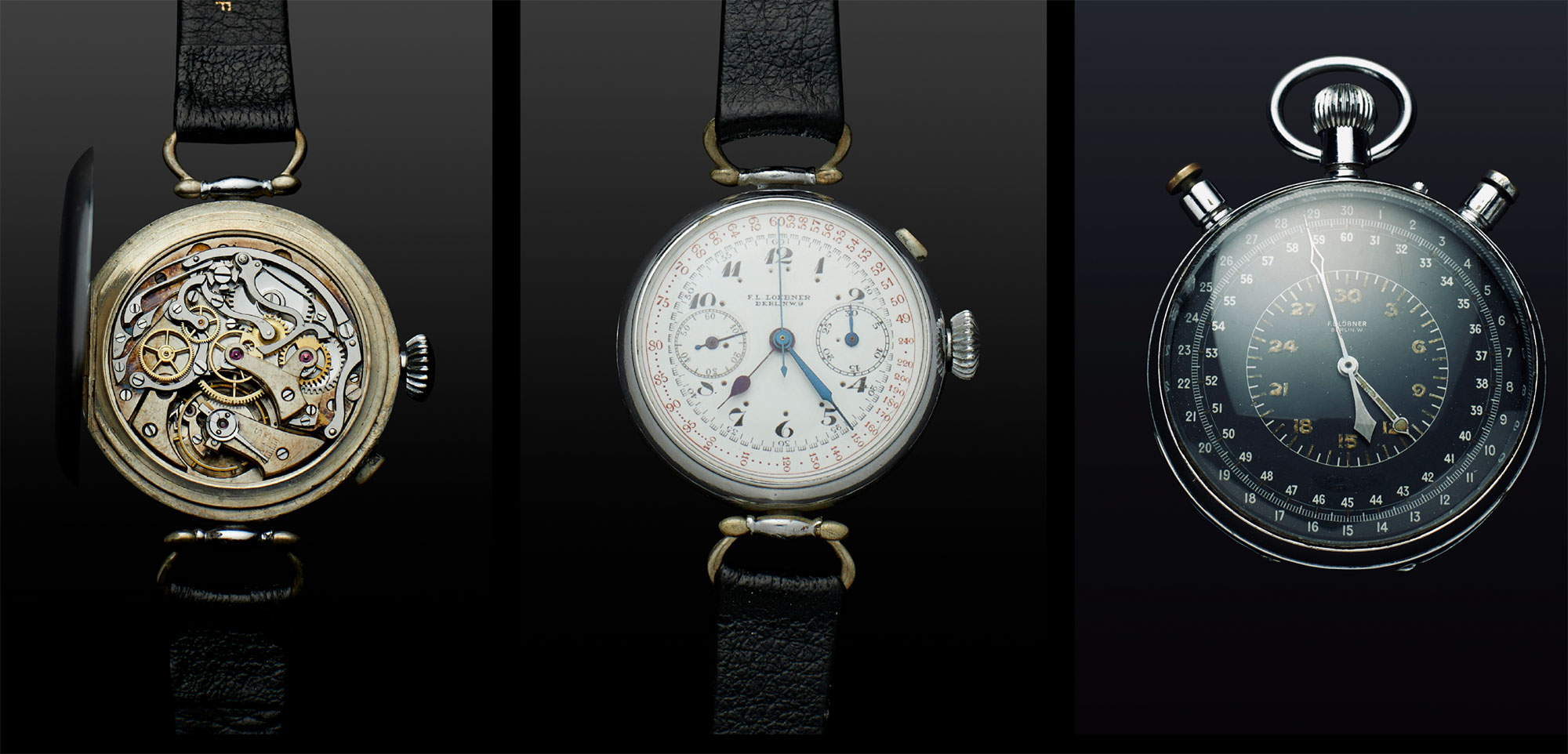
An honourable establishment
But back to Löbner. The company is currently what is known in Switzerland as a ‘classic establishment’. Historically, there is evidence that movements from Heuer, Leonidas and Minerva were employed. Today’s components come from suppliers in Germany; the elaborate case from Pforzheim, for example, while the chronograph movement from La Joux Perret in Switzerland (based on the column-wheel chronograph calibre L112). Several eye-catching and unique elements define the design of the first collection, christened Steelracer, which Löbner developed in the style of the early Mercedes Silver Arrows and Auto Union racing cars, whose record runs they measured.
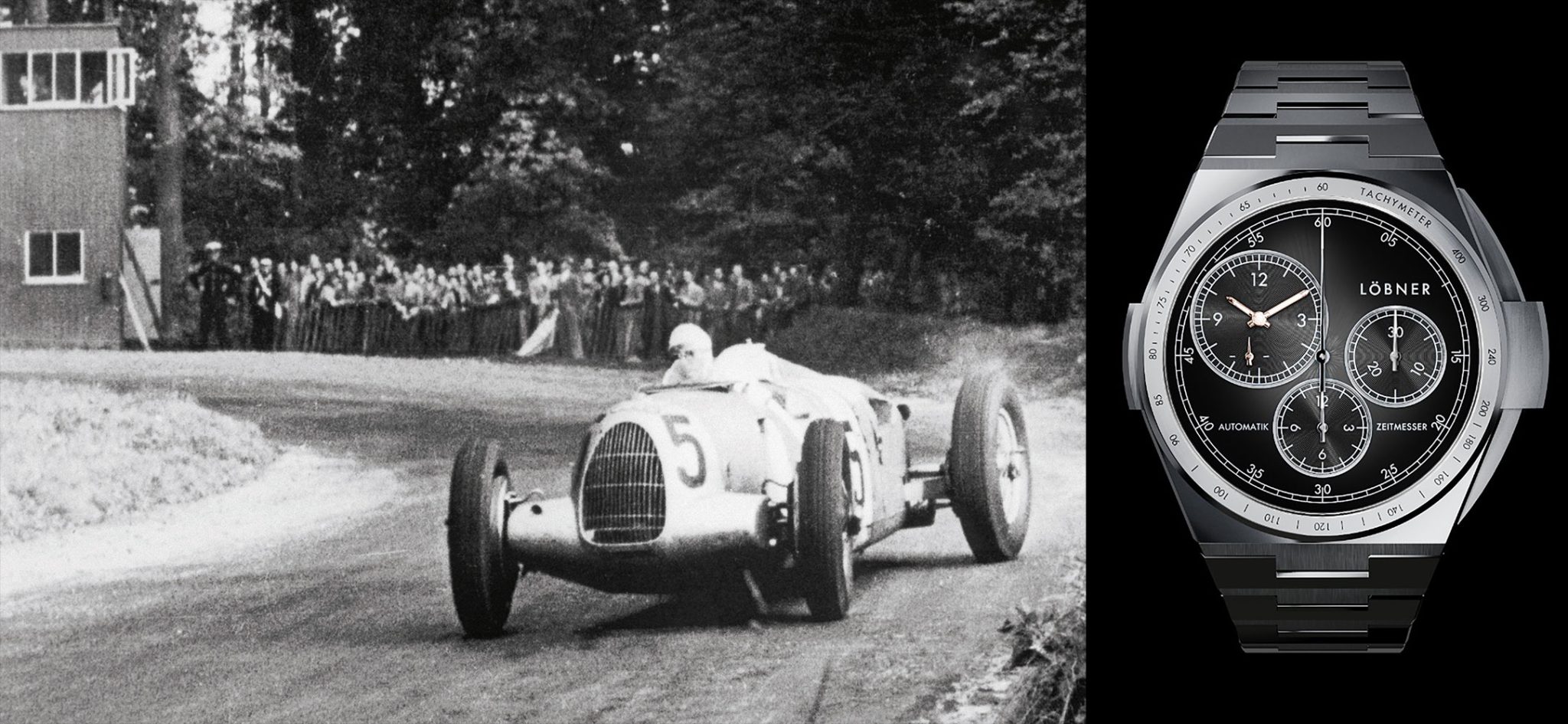
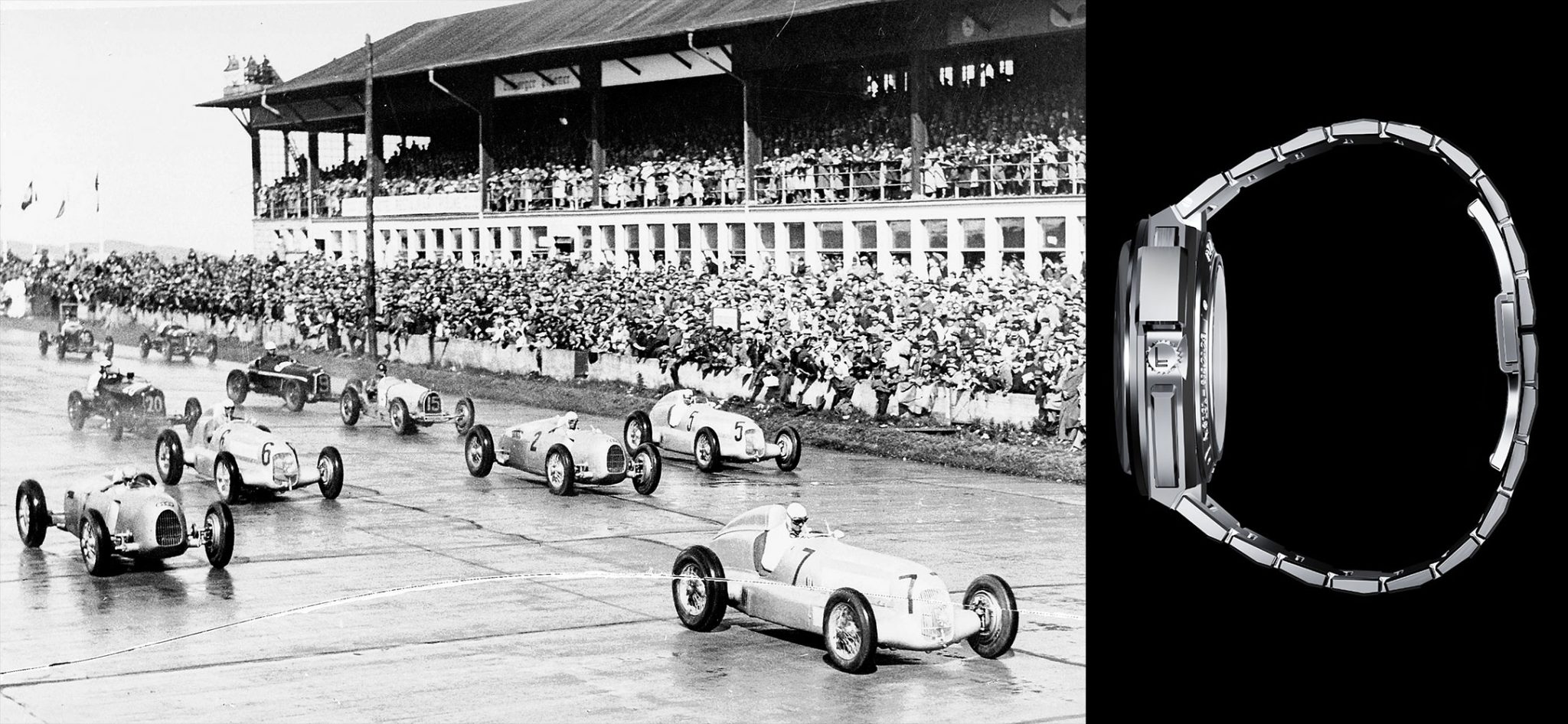
Assembled in Glashütte, Made in Germany
Every Löbner movement is carefully regulated in Germany, at the most important place in German precision watchmaking: all chronographs are assembled by hand in Glashütte, Saxony. The calibre 6223 automatic movement has a ball-bearing winding rotor with a tungsten oscillating weight developed by Löbner. It has a 60-hour power reserve and, as mentioned, comes from La Joux Perret in Switzerland. We particularly like the elaborate finishing with blued screws, perlage and striped finish, which can be viewed through the sapphire crystal caseback. The movement fits comfortably into the case, which is not always the case with third-party movements. As well as fitting perfectly, we are delighted that Löbner has fitted its first chronographs with a sapphire crystal caseback. A few years ago, this was still considered a no-go for steel sports watches, but now even Rolex has come to the conclusion that it would be too much of a shame to hide the coveted chronograph movements (read all about the new Daytona with open caseback here).
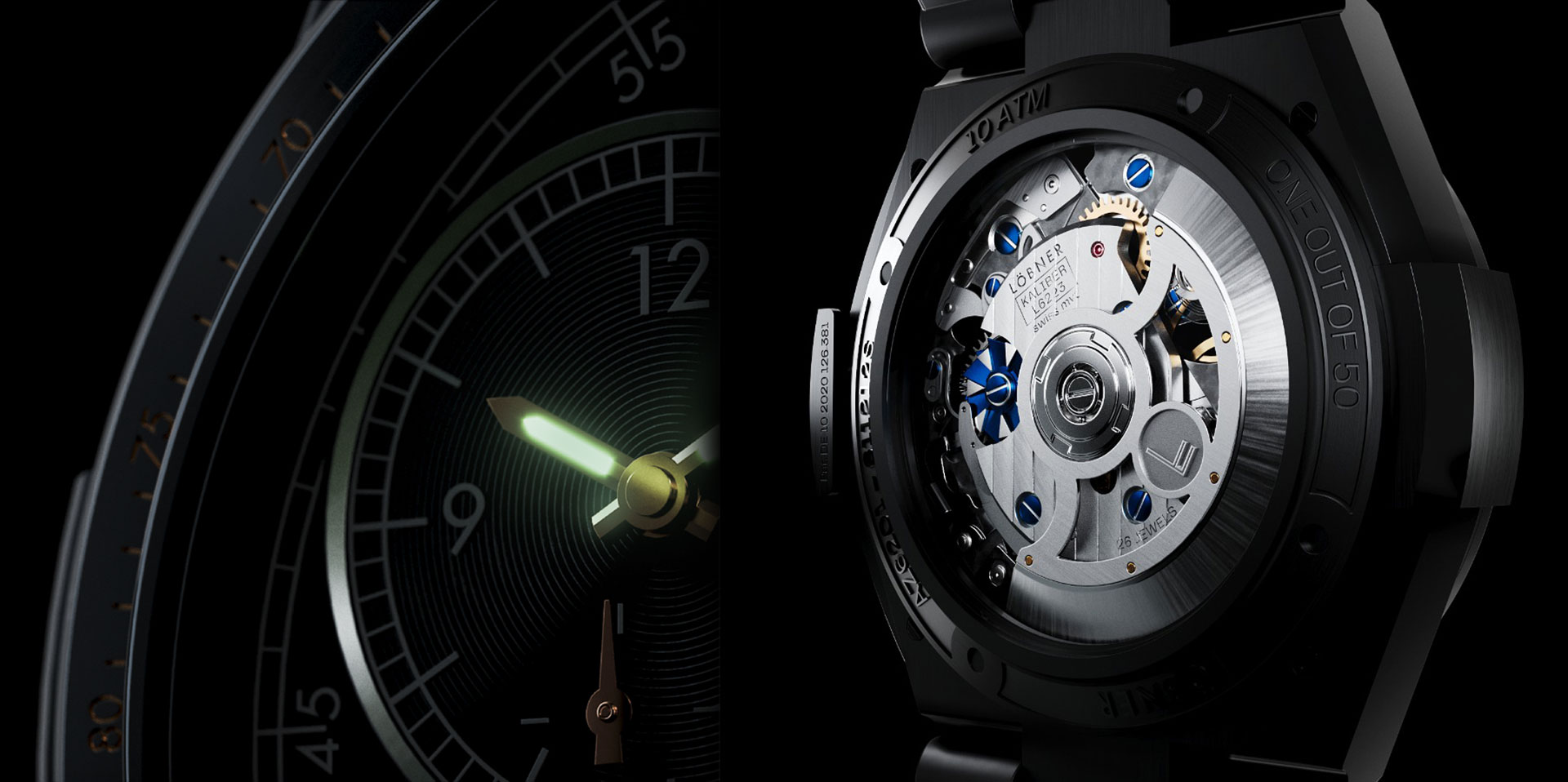
Designed in Switzerland
The fact that a German watch brand’s designs come from Switzerland is not without a certain irony, but it must be pointed out that the best watch designers in the world are based here. One man who has designed many watches and even has his own brand is Emmanuel Dietrich, who lives in Zurich. It speaks for Löbner to mention the man’s name openly (and it saves historians a lot of time in the future). Dietrich is responsible for something astonishing: the brand’s first watch with an off-centre time display, integrated lugs, and a very special detail on the crown is not only striking, it is also instantly recognisable from a distance. To compare Dietrich with Gerald Genta would be presumptuous and, knowing his modesty, he would reject it outright. But just like Gerald Genta, Dietrich has been responsible for numerous watch designs across the Swiss industry in recent years, including only a handful that he is allowed to talk about, such as the Swatch Group and Hermès. In any case, it is a stroke of luck for Löbner, as the design of the first watch simply has to be right – and it is. Also, of course, integrated lugs are a Genta specialty for steel watches, and we are curious to see how the watch community will react to this model. We think the Steelracer makes some charming references, but is independent enough that it can by no means be regarded as a spin-off.
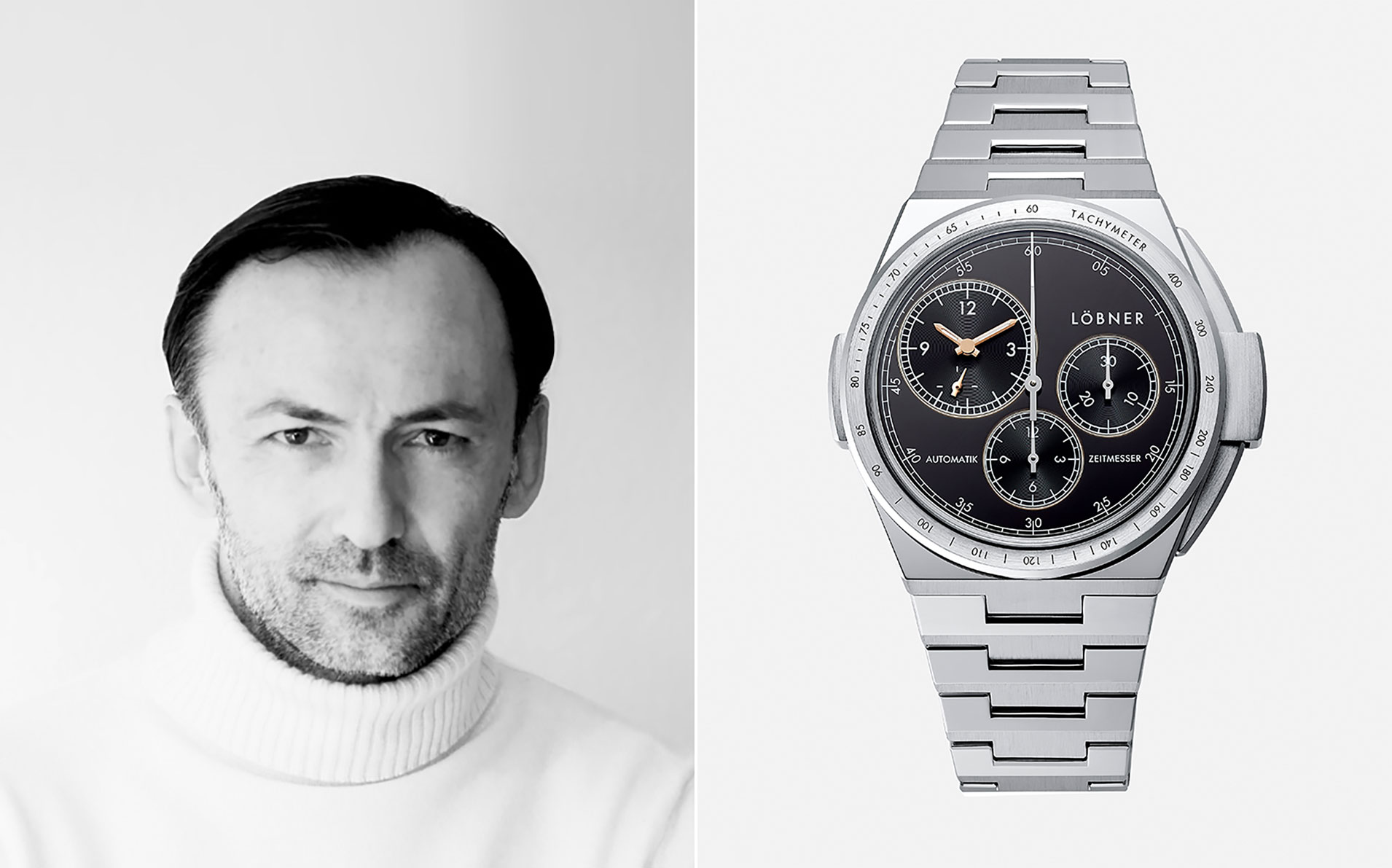
The Rocketman representing the first limited Löbner
The first edition from Löbner, the Steelracer Edition 50 Rocketman, is limited to 50 pieces. It celebrates the world records of Fritz von Opel, who pioneered the world’s first rocket-powered means of transportation in the early 1920s (and survived all attempts). Fritz von Opel tested powder rocket propulsion systems on land, at sea, and in the air. Löbner pays tribute to his successes, especially the one he achieved in 1928 with a rocket-powered draisine that catapulted him to an incredible 256 kilometres per hour with the black PVD-coated Rocketman, which features small, fine details such as a small gold hallmark on the tachymeter bezel at precisely this speed mark. In keeping with its vehicles, this model is completely black and, in keeping with the motorsport theme, this model also has a rubber strap, which is very comfortable on the wrist.
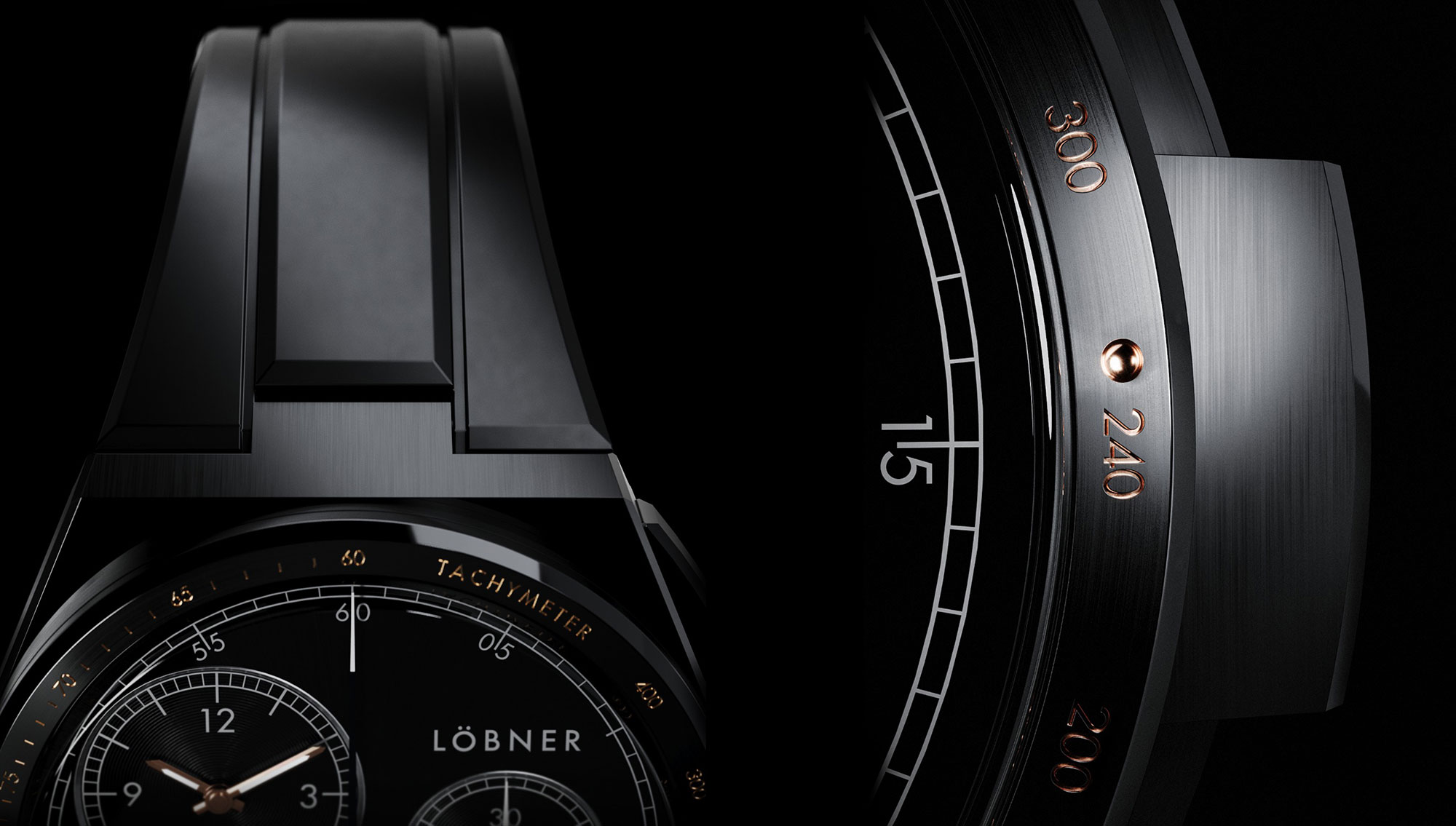
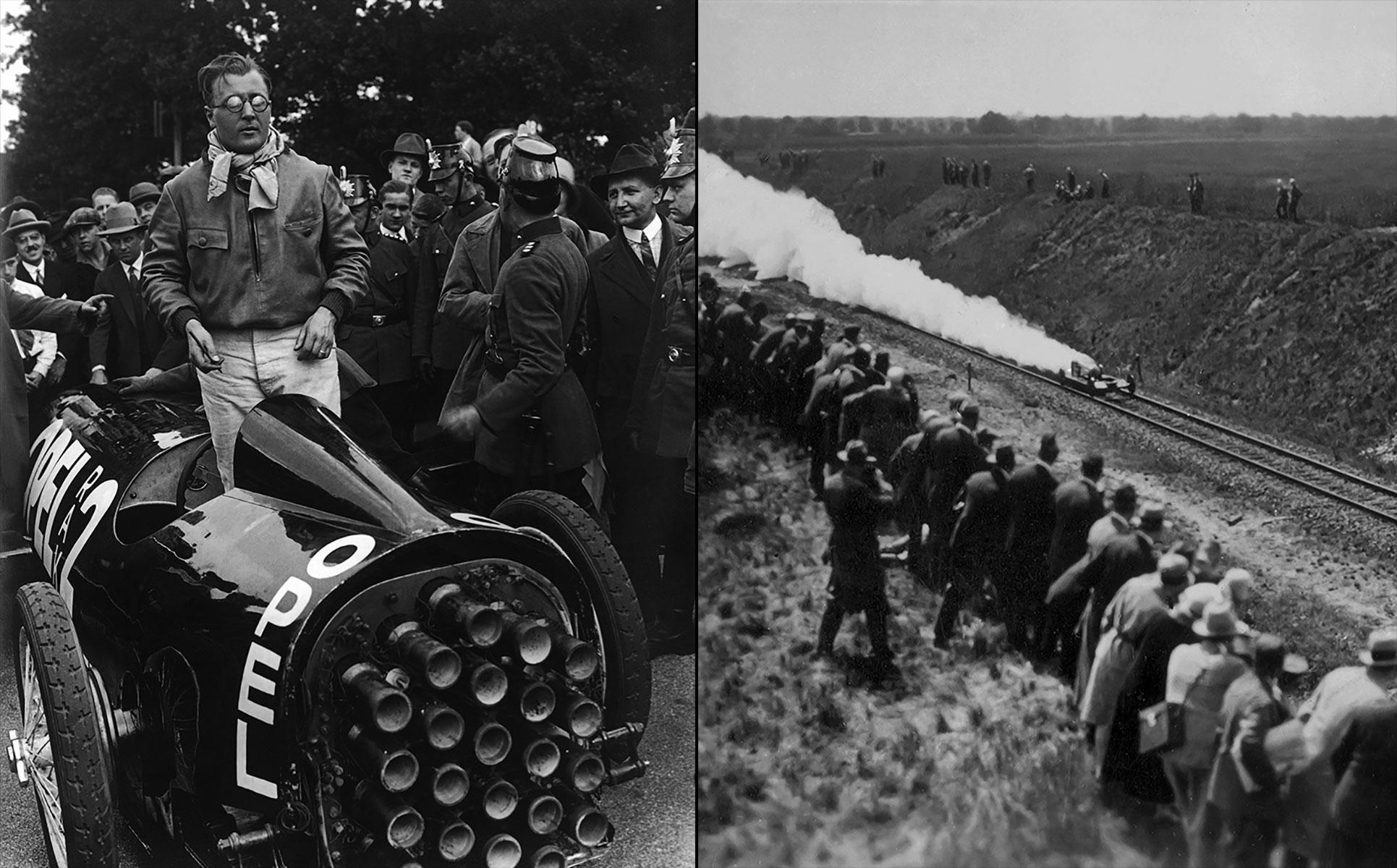
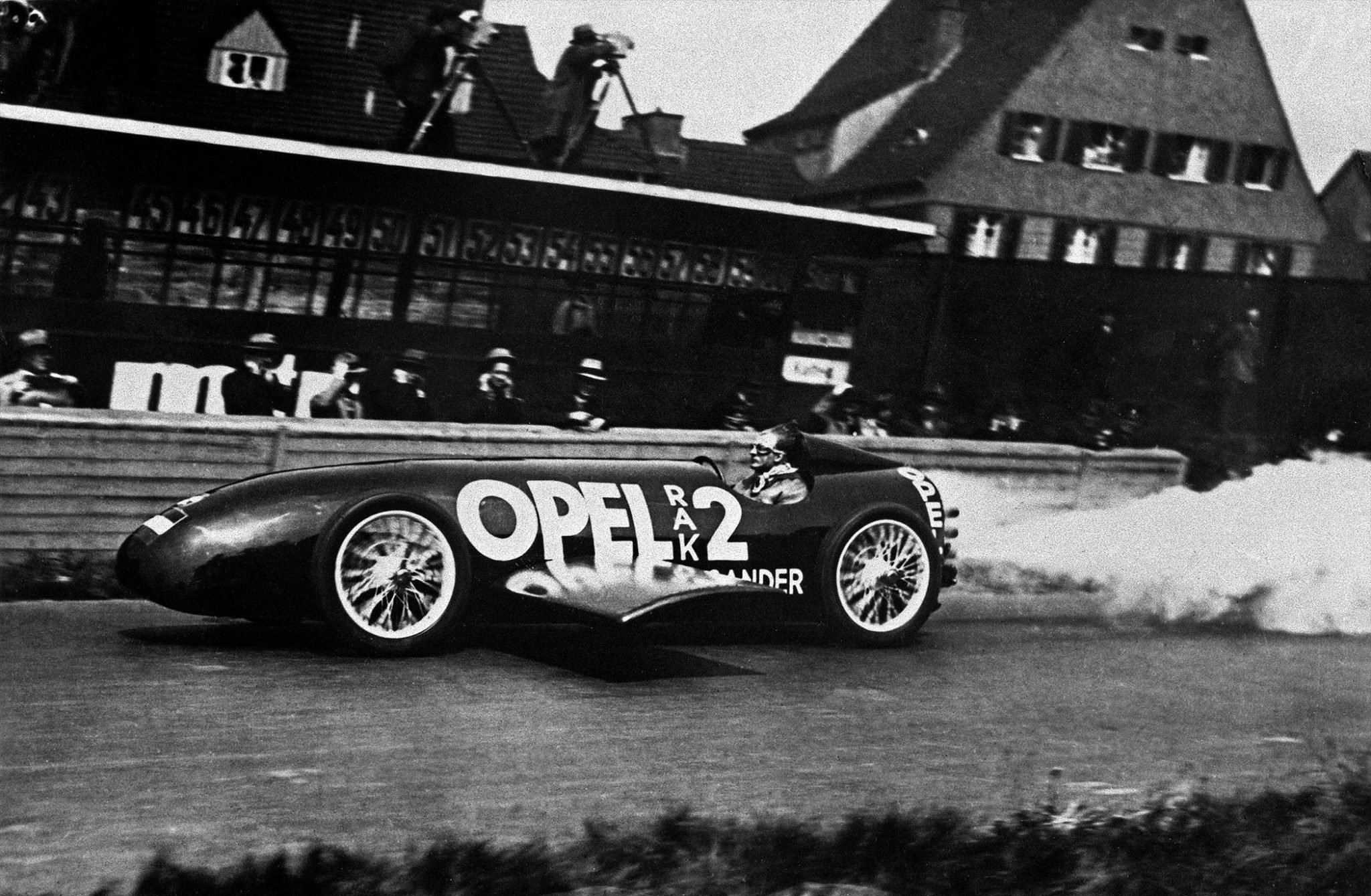
The best details of all: The sledge crown guard
The winding crown of the sports chronograph, which is water-resistant to 10 bar, is located under a patented crown guard that Löbner calls the ‘sledge’. The sledge prevents the time from being accidentally adjusted, and protects the crown from being put under mechanical stress. Inspired by historical protective cases for more fragile timekeeping equipment, it emphasises the straightforward, striking case design, with its integrated lugs and pushers. The sledge is a real highlight of the model, and is naturally reminiscent of Panerai’s legendary crown guard. Here, however, the stainless-steel protective cover is connected to a ball-bearing ring under the tachymeter bezel, and can be pushed upwards to release the crown – an interesting detail that is rather fun to play with. Incidentally, the winding crown itself is not additionally screwed down, but is protected against entry of dust and water thanks to a sealing system.
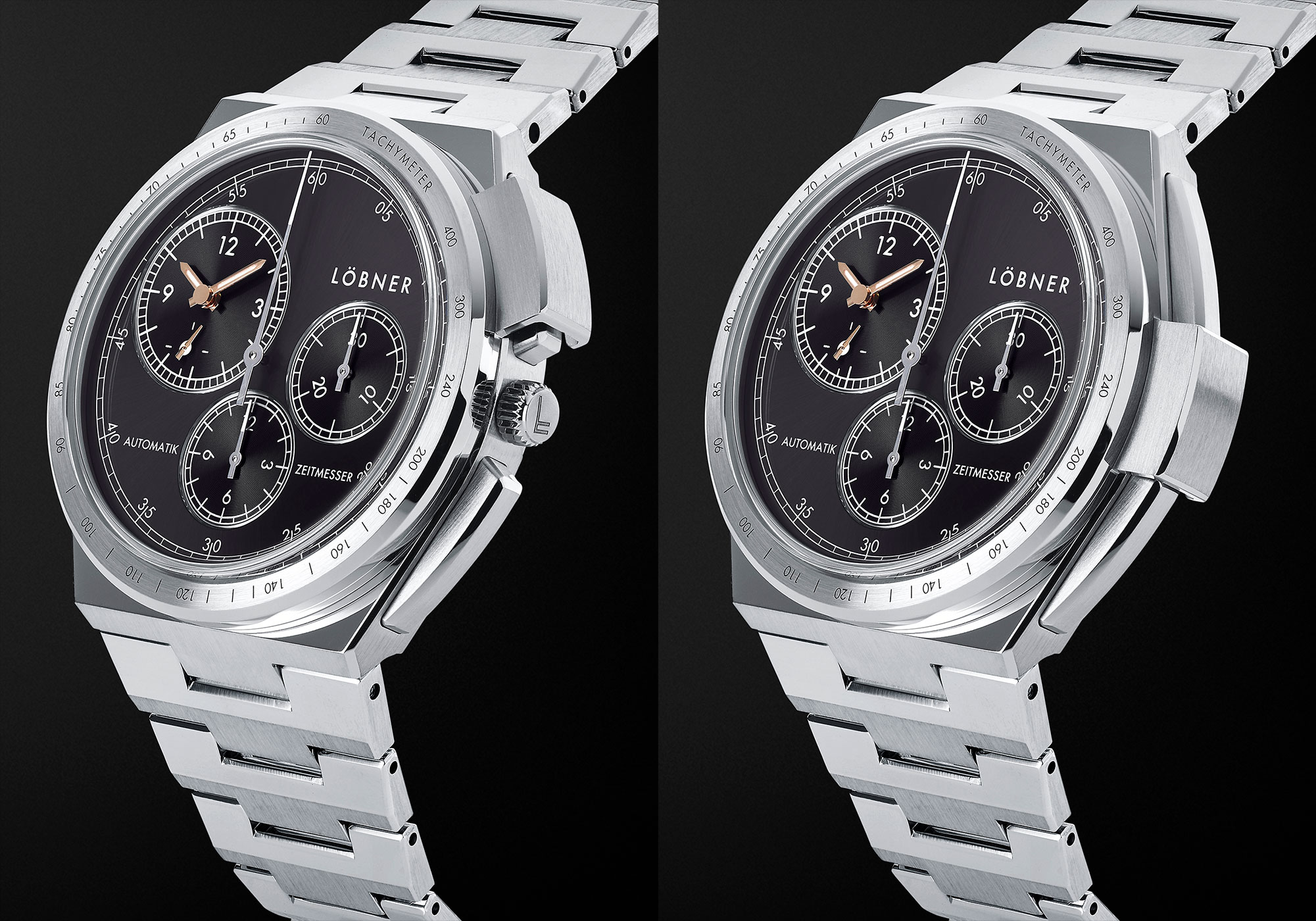
Decentralised time display thanks to Löbner module
The time display is also striking. Löbner has designed a module for the decentralised time display, with the time display sitting at 10 o’clock. This gives the chronograph more space. Thanks to the central chronograph second hand, average speeds of between 60 and 600 kilometres per hour can be measured using the engraved tachymeter bezel. This unique aesthetic emphasises the historical significance of Löbner watches as timekeeping instruments, which is why Löbner also refers to its chronographs as Zeitmesser (in English, a ‘timepiece’) on the dial, as mentioned at the beginning. Not everyone is a fan of off-centre dials. However, we find it interesting that Löbner is thus joining the ranks of famous watches from A. Lange & Söhne and Glashütte Original, taking up a tradition that is already referred to abroad as the typical look of German watches. A. Lange & Söhne established this tradition in 1994 with the Lange 1.
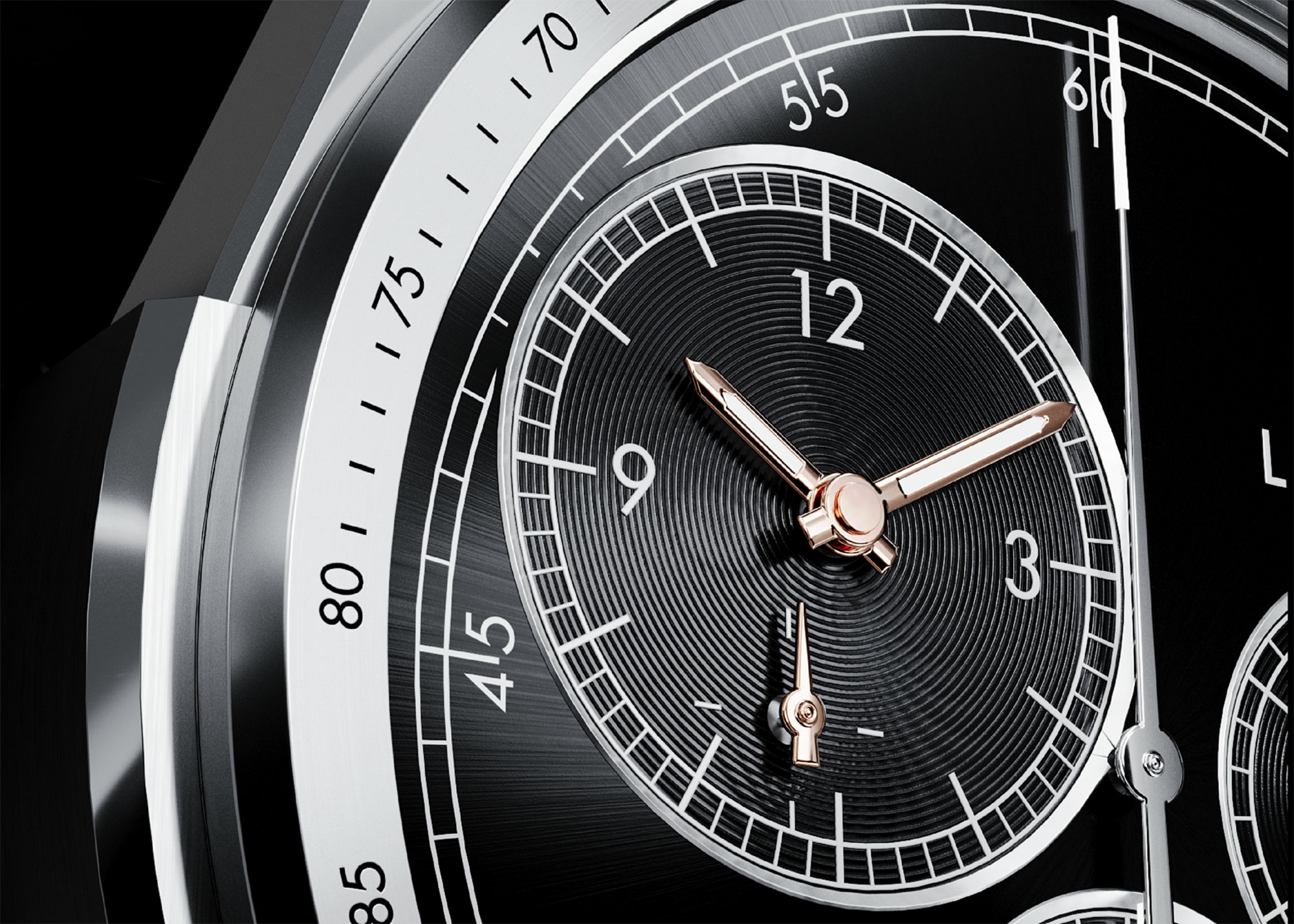
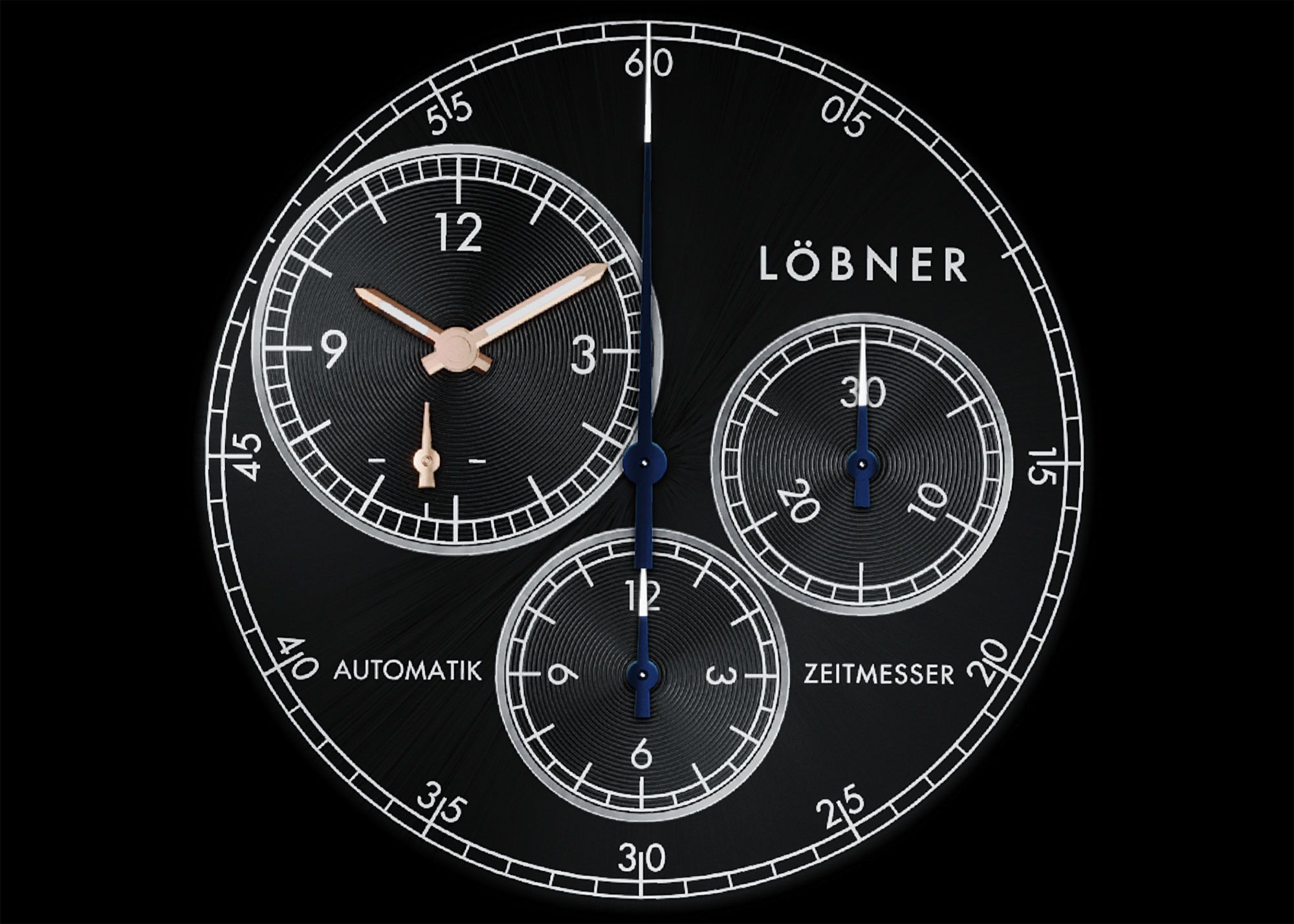
Löbner chronograph: On the wrist
How does the chronograph, with its diameter of 42.5 mm, look on the wrist? At 14.3 mm, all Löbner watches have a fair amount of height, which is of course due to the modular chronograph movement and the robust case with a sapphire crystal caseback. The 42.5 mm actually read larger on paper than they appear on the wrist, as the lugs are integrated into the link bracelet, and the designer has constructed very steeply sloping sides so that the models also fit smaller wrists. The angular design of the case with the decentralised time display is certainly expressive, and the watch is also quite light to wear thanks to the very steel link bracelet. If there was anything to criticize, for us it would be that the tachymeter scale of the steel version of the Steelracer is a touch too discreet for us – a black coloured inlay like on the old Rolex Daytonas with stainless-steel bezel would significantly increase readability.
This is better implemented in the limited-edition Rocketman with a gold inlay, especially as it leaves room for future variants of the bezels – a field of activity that Rolex and others have abandoned with their now fashionable ceramic bezels. The crown protection slider is a wonderfully playful element, which is pleasantly easy to operate thanks to the ball bearings responsible. Only the winding crown is a little too small for our liking, although, to be fair, it is only needed comparatively rarely on an automatic watch. The solid 316L stainless-steel case is water-resistant to 10 ATM and delivers what its origins promise: solid German craftsmanship. The stainless-steel case of the limited-edition Rocketman is black PVD-coated, as are all the other details of this watch.
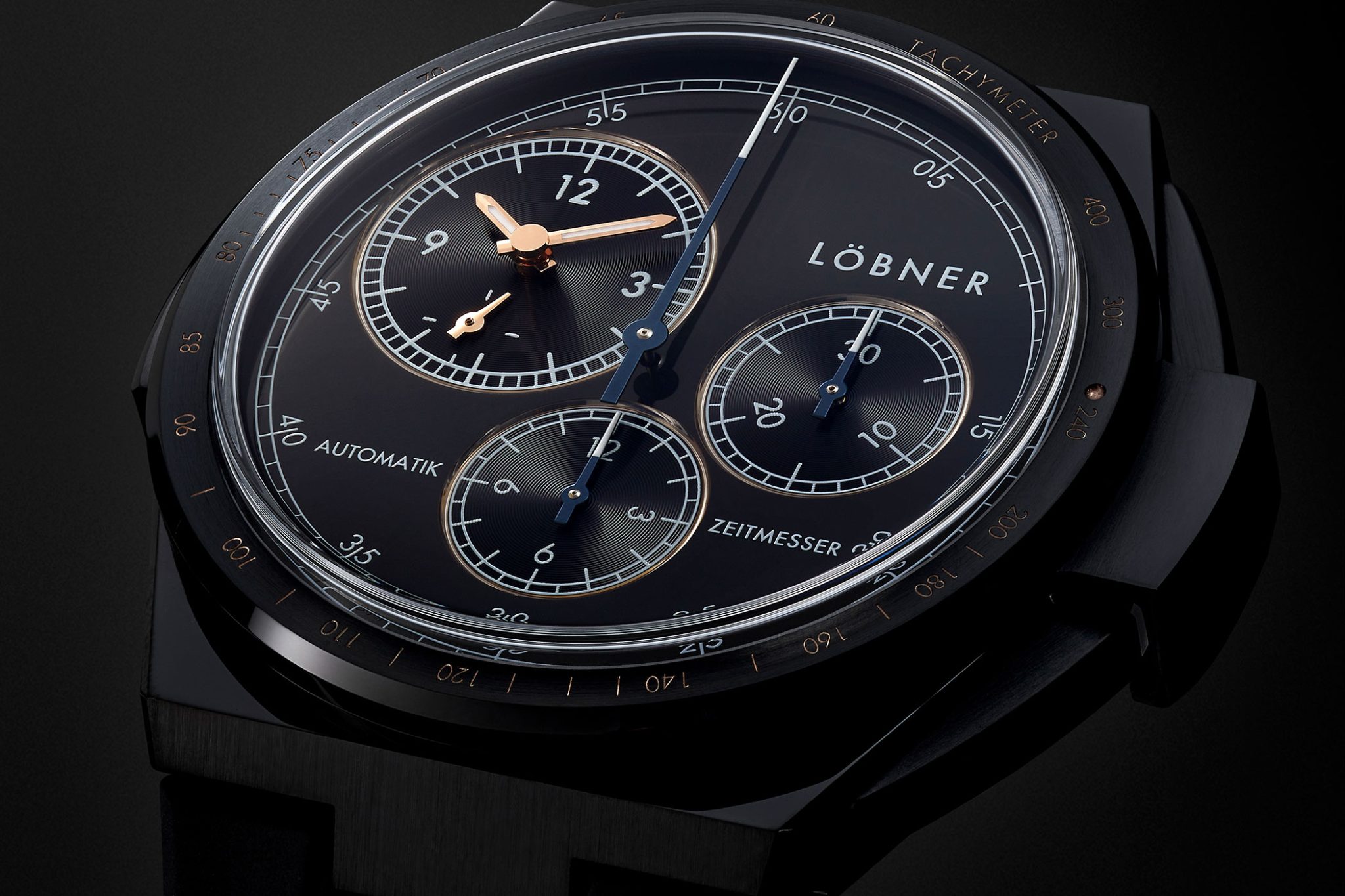
An unusual stainless-steel bracelet
The Steelracer’s multi-link stainless-steel bracelet with butterfly double folding clasp and safety pushers are definitely an eye-catcher, and the alternating satin-finished and polished elements are impressive, even at first glance. The only thing we are missing is a sensible fine adjustment on the butterfly double-folding clasp with the side safety pushers. For a watch in this price segment with integrated strap lugs, we would also like to see a quick-change system for the straps, if rubber and steel are offered. Today, customers can also expect this in a Cartier Santos for 8,300 euros, the heir to the first modern wristwatch and the model in which such a system is most elegantly implemented, at least in our opinion.

The dials
The dial of a wristwatch makes up almost 80 percent of its appearance, and is therefore often the most decisive design factor: whether by chance or design, the fact that other German watch manufactures also rely on decentralised time displays, with its time display at 10 o’clock, evokes on the one hand the Panograph from Glashütte Original, and also incorporates elements of the famous Lange 1, even if it is not a chronograph. We are curious to see whether this dial design will now establish itself internationally as acutely ‘German’, as collectors all over the world pick up on it. All dials are galvanised and come with either a blue or black sunburst finish. The subdial counters are equipped with raw-finished shiny facets. Ideally, we would like the luminous material on the hour and minute display to be yet more luminous in the dark; overall, the readability in the evening could be increased, especially with such a small time display.
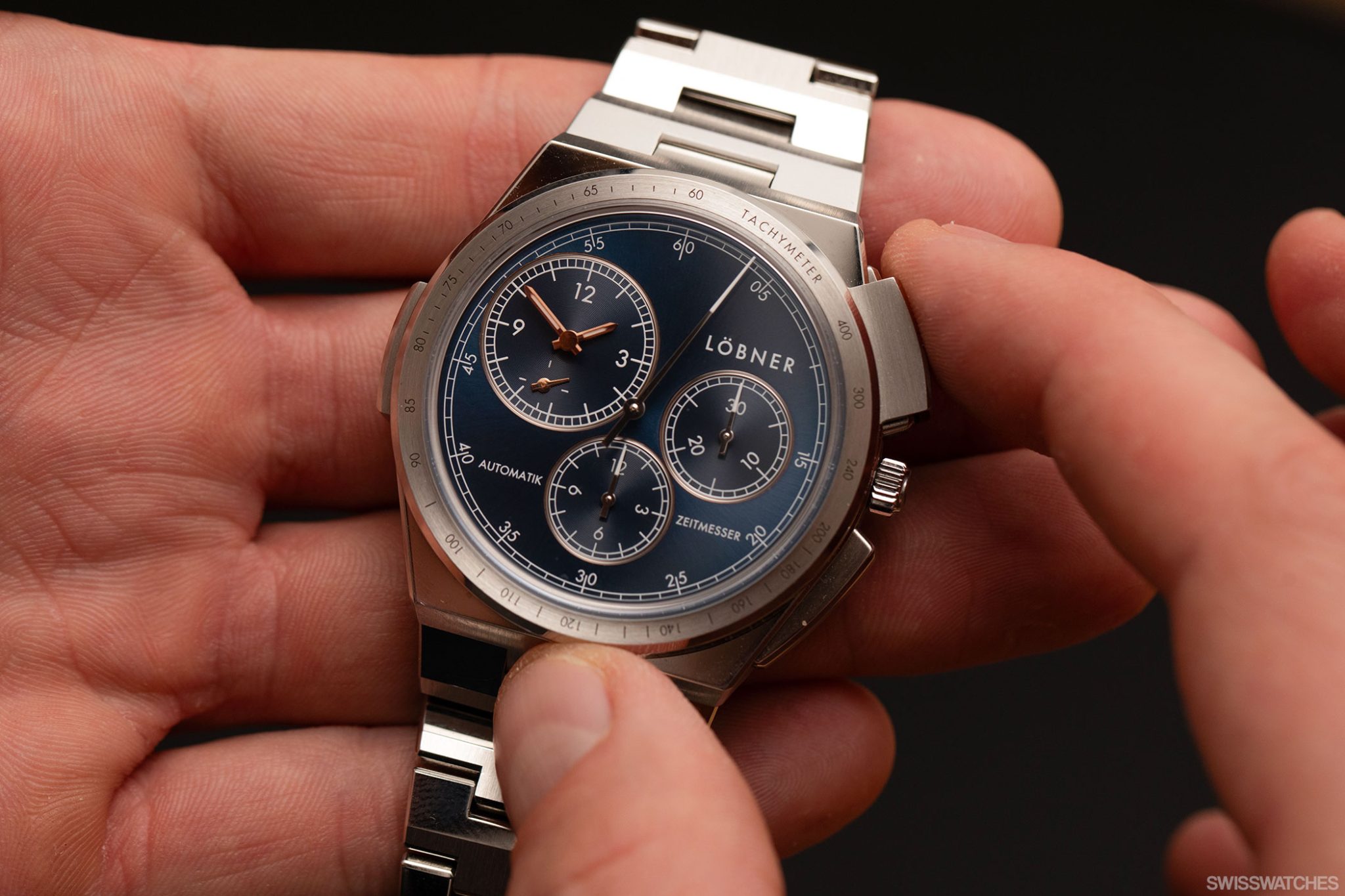
Kicking things off: Only 200 watches worldwide
However, these are all minor details that Löbner is sure to adapt quickly. Much more important is the sales strategy: there are around 200 watches to start with, as the Managing Director told us. That’s right: 200 watches worldwide. Among them is the Steelracer Edition Rocketman 50, limited to 50 pieces, which quotes a famous world record by Fritz von Opel, who set a world record of 256 kilometers per hour with his rocket-powered vehicles in 1928. This rarity comes at a price, although it is now far below the entry-level prices of coveted “blue chips”. The Steelracer starts at a price of 13,800 euros (13,900 USD) for the blue and black dial versions, while the Rocketman edition costs 14,800 euros (14,900 USD).
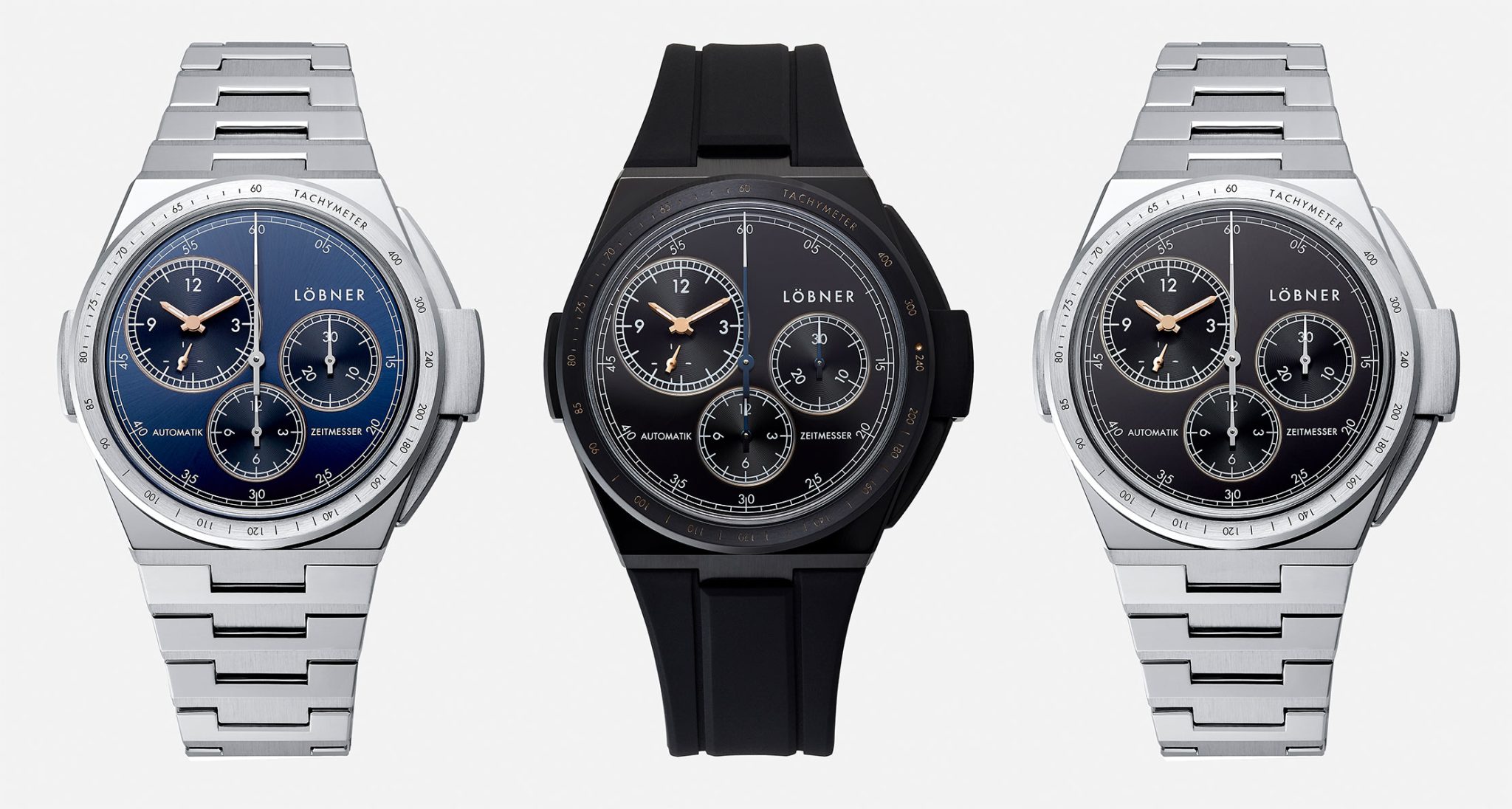
It will be some time before two Löbner buyers meet
50 pieces and 150 watches worldwide – considering the few points of sale worldwide, that’s a start we like to see. It will be some time before buyers of one Löbner bump into one another. After all, that’s what collectors want: to be one of a few. However, the very limited edition is also appropriate in light of the ambitious price. But if Löbner, as announced to Swisswatches, sticks to 50-edition watches every year and successively refines its chronograph, this company really has the potential to establish itself as a German luxury sports watch brand as an alternative to the classic German brands such as Glashütte Original and perhaps even A. Lange & Söhne.
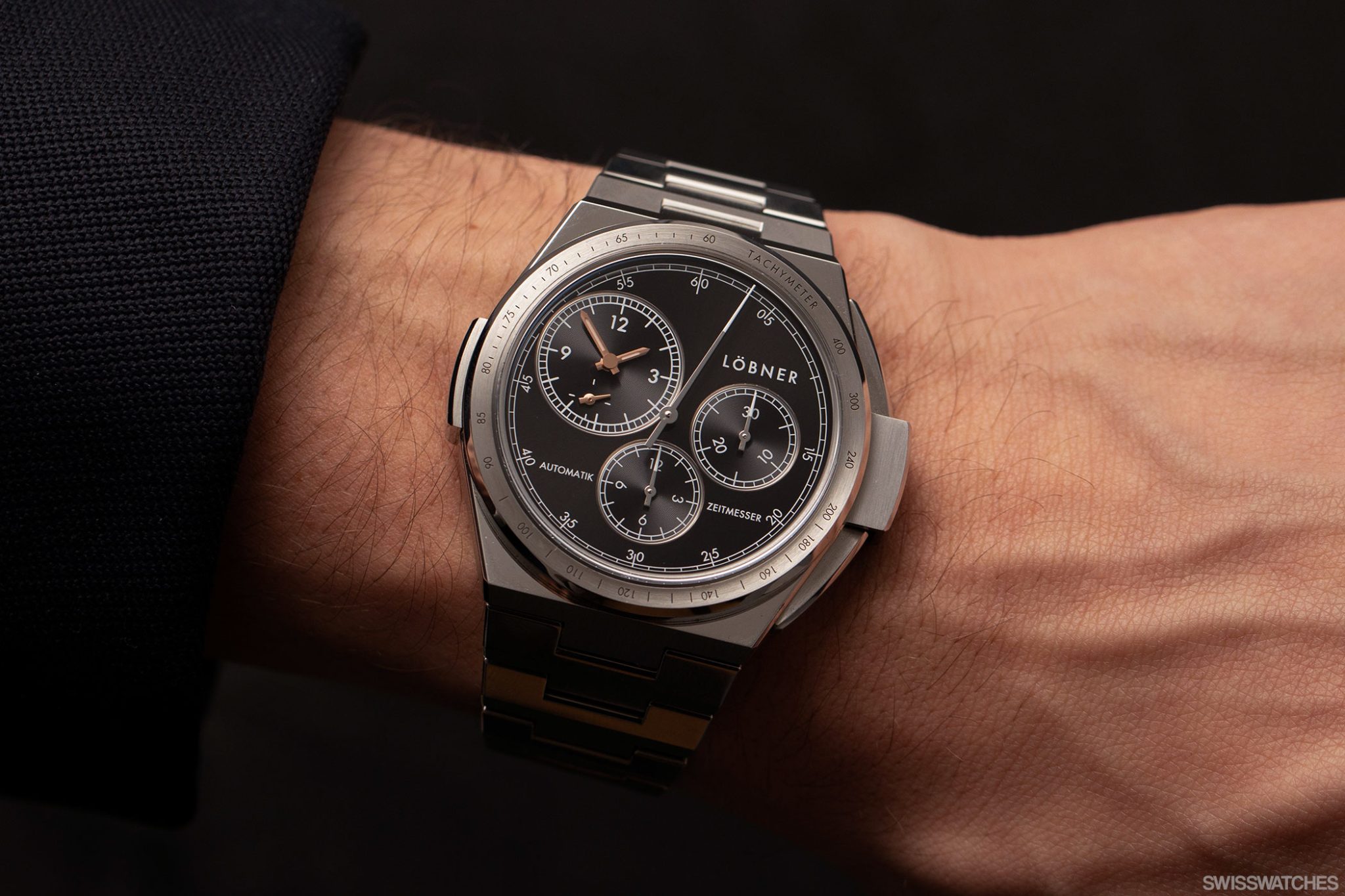
Independence and character
Critics will argue that the most important thing is still missing: the in-house, integrated chronograph movement. But then the watches would not cost 13,800 euros like the Steelracer, or 14,800 euros like the limited Rocketman, but much more. We are of the opinion that starting out as an establishment with a self-constructed case and independent design is more than respectable, historically logical, and all the while keeps the prices within reasonable limits alongside such a strong limitation. With an interesting modular chronograph and a patented case design, the first 200 customers will receive something that focuses on independence, character, and racing history. Of course, they play charmingly with the ingredients of the most coveted sports watch classics such as the Patek Philippe Nautilus, the Royal Oak from Audemars Piguet, or the Ingenieur from IWC, which was relaunched this spring. But all of these watches are priced far above the Löbner watches – and they have not had the audacity to position themselves above a Rolex Daytona. Quite apart from the long waiting lists for these models.
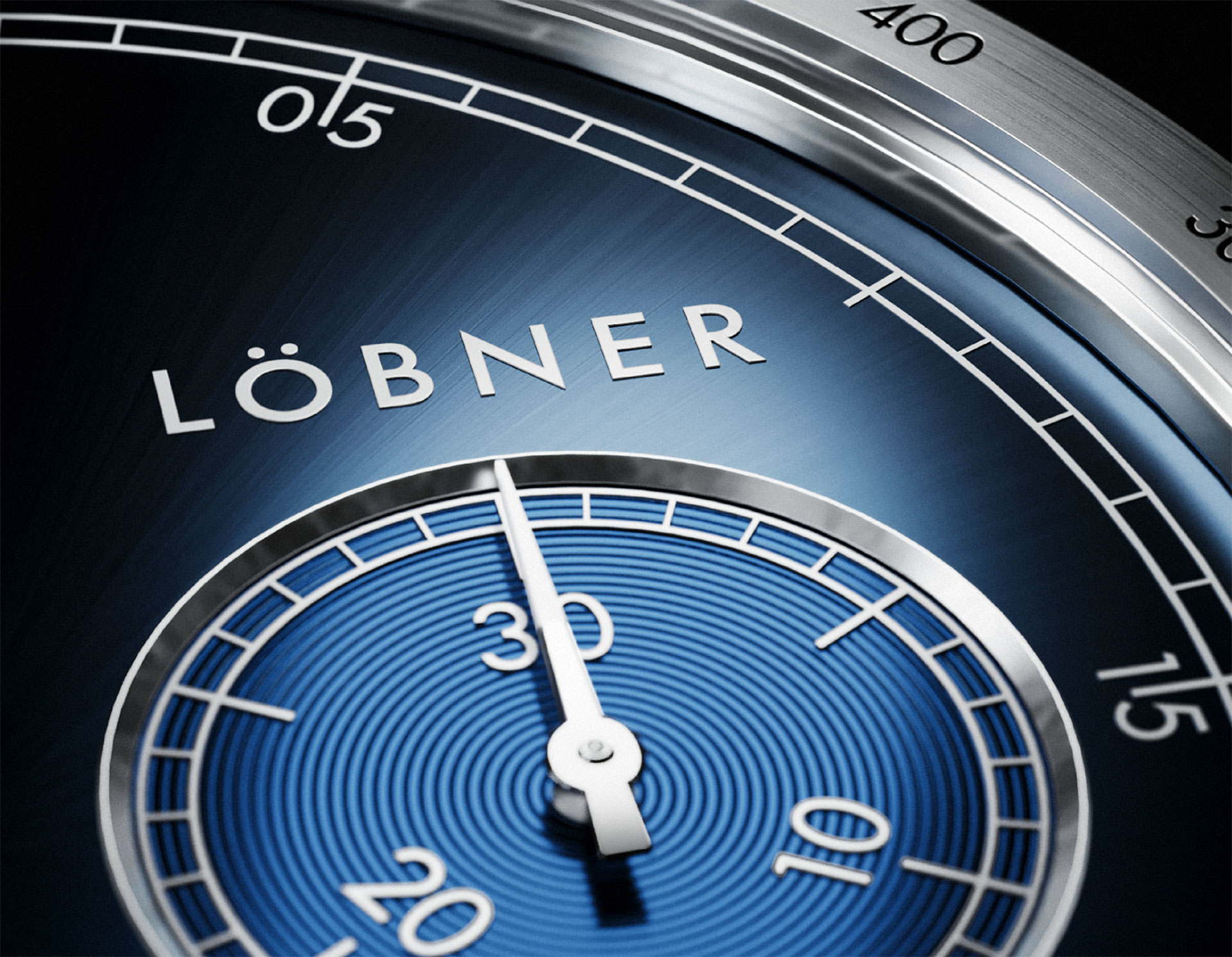
A new German sports watch brand
What we really like is the fact that they have taken the entrepreneurial approach of wanting to establish a new German sports watch brand. This is interesting in the long term, because the two top German brands, A. Lange & Söhne and Glashütte Original, decided to celebrate their history rather than take a radically new approach to their rebirth – and the former, at least, has so far been known more for precious metals than for steel watches. The only exception is, of course, the Odysseus sports watch, which was presented in 2019, but which is simply too rare to be used as a comparison here, as is the new Odysseus chronograph from this year.
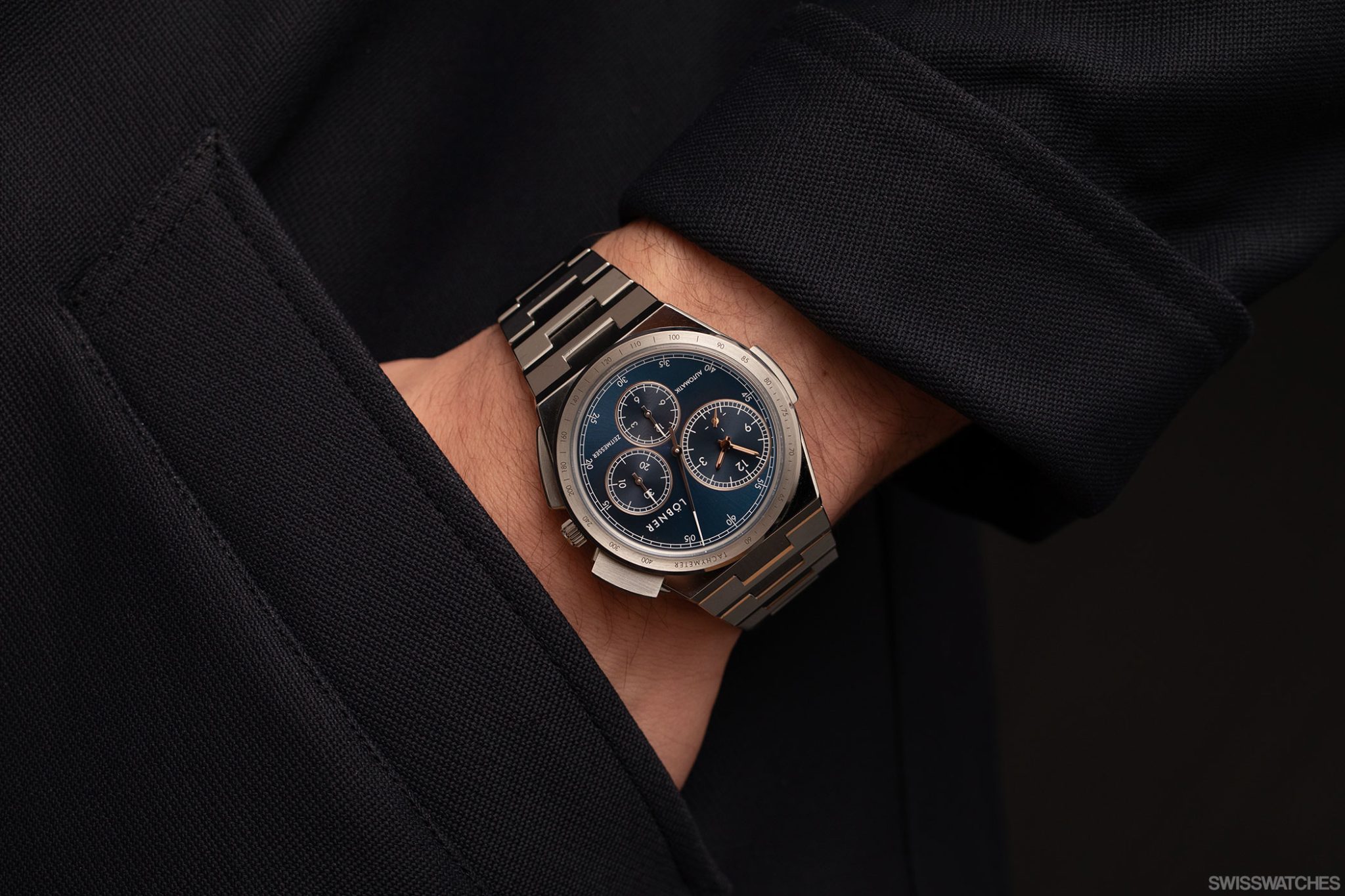
What does the future hold?
It remains to be seen whether Löbner will continue to develop and interpret its watches from its large collection of chronograph history in the future. Will it devote itself to more complicated chronograph mechanisms such as flyback and rattrapante models? How would the theme of timekeeping, which dominates its history, be implemented in a three-hand Löbner watch? After all, anyone who explicitly calls their models Zeitmesser (‘timepieces’) should also surely make timekeeping their theme. Speaking of timekeeping – we assume that this is the case – given that Bucherer has entered into such a partnership, this must be a long-term project. It remains undisputed that some niche brands would be licking their lips at the mere thought of coming close to central sales areas such as those in Paris, Zurich, Las Vegas or New York. However, it can also be a burden to be located next to the likes of Rolex. Löbner started in pole position, using the terminology of its racing history: that demands enormous performance. However, the luxury watch business, in particular, is not so dissimilar to Formula 1: a long-term strategy leads to success. With Bucherer as its retail partner, Löbner has the strongest racing team imaginable.
